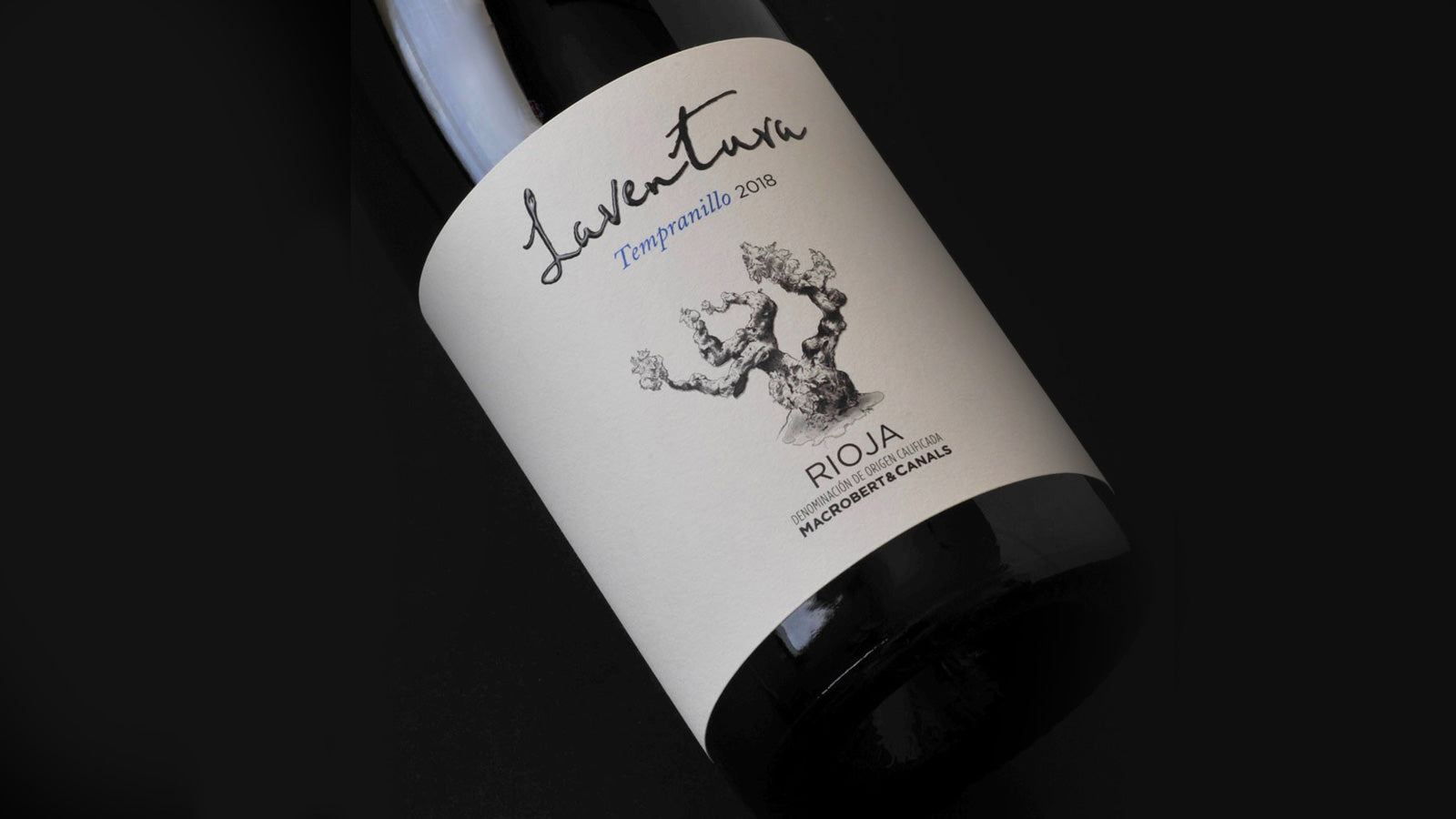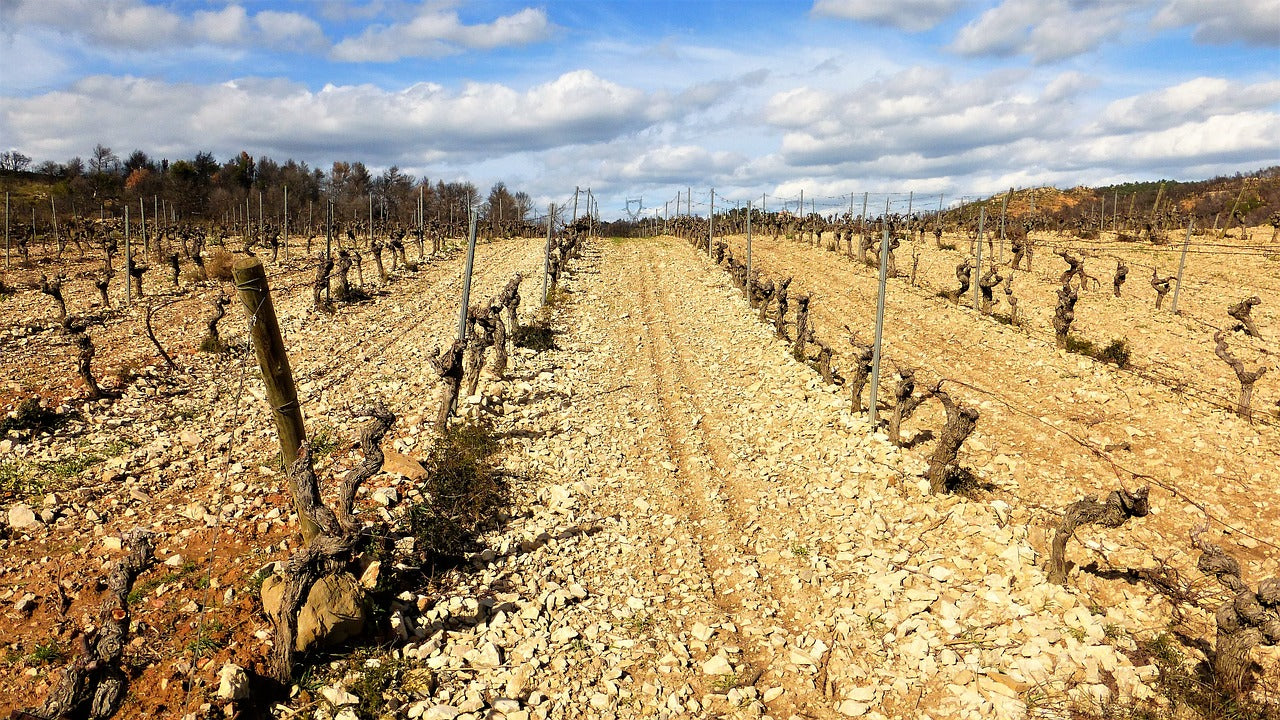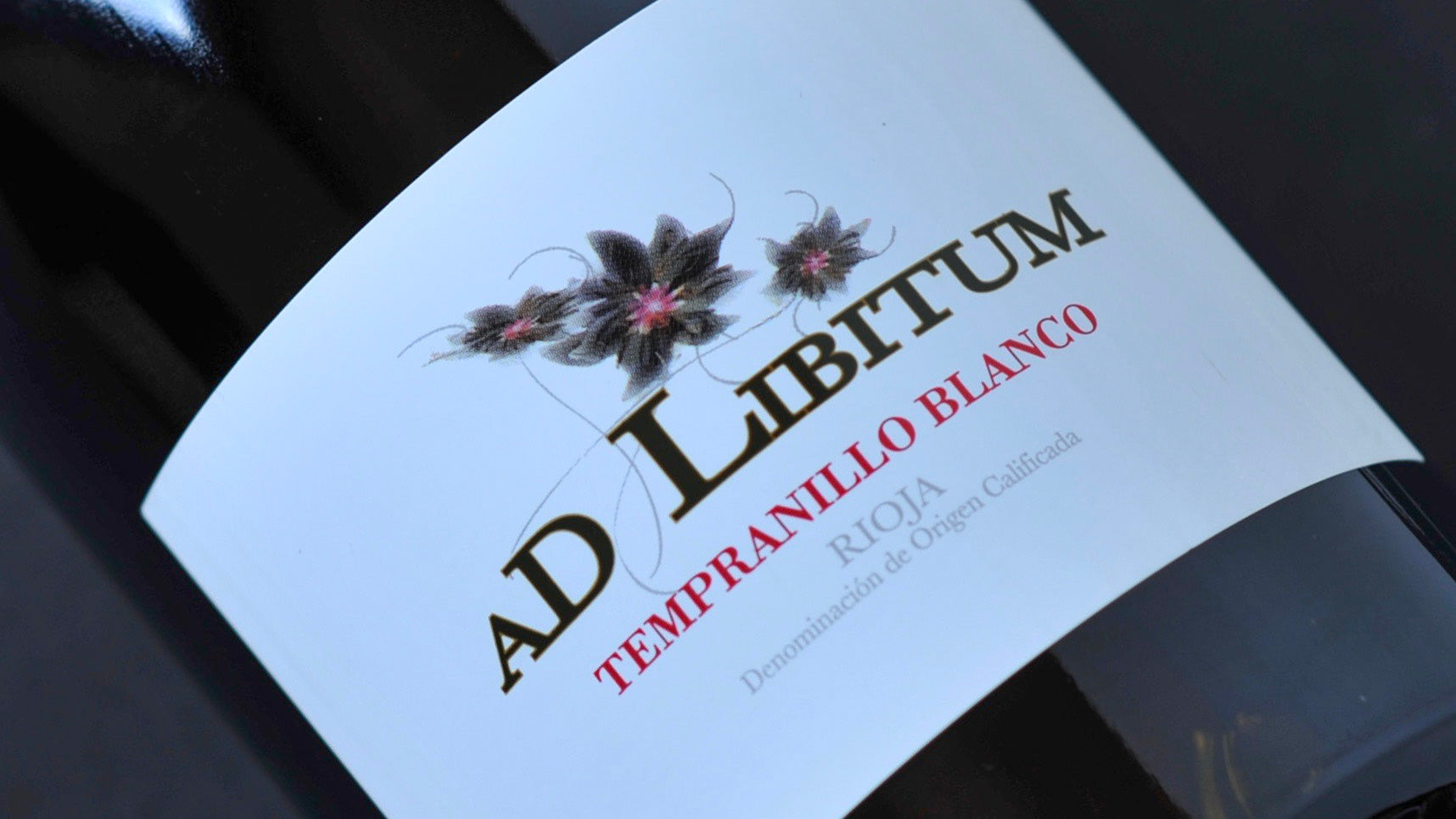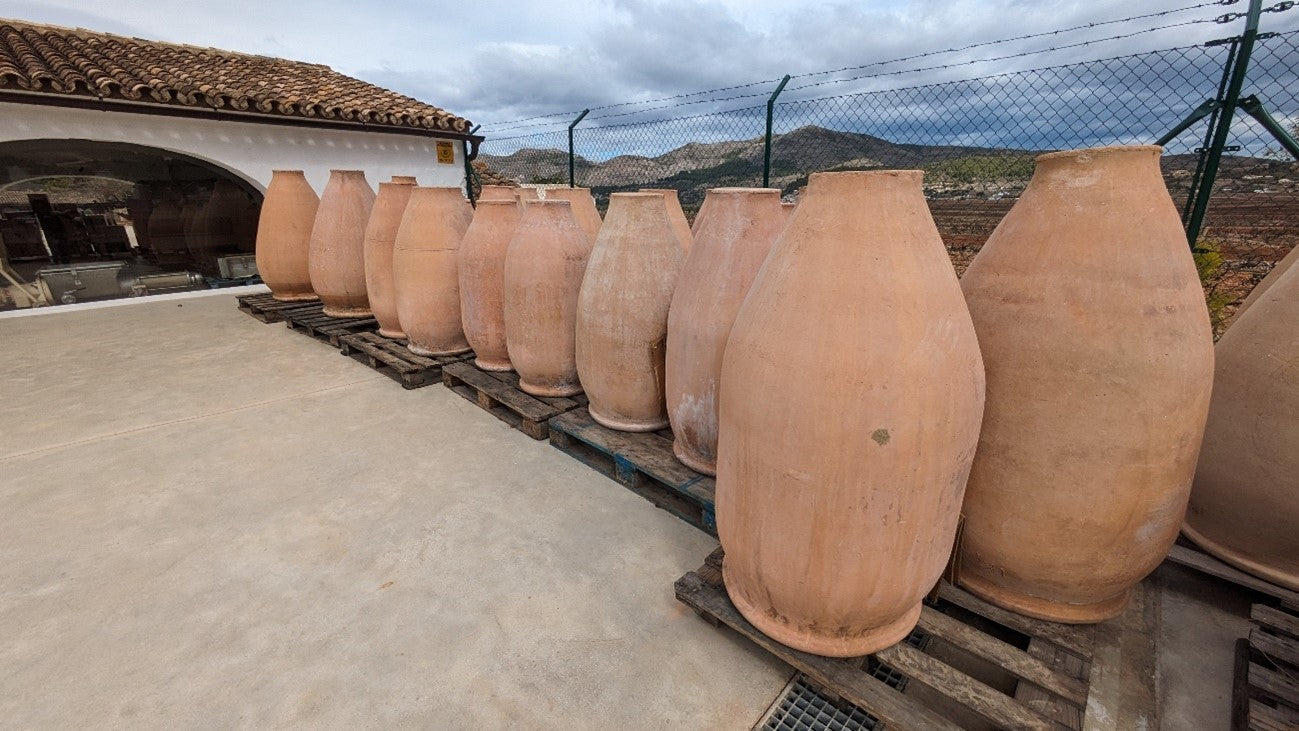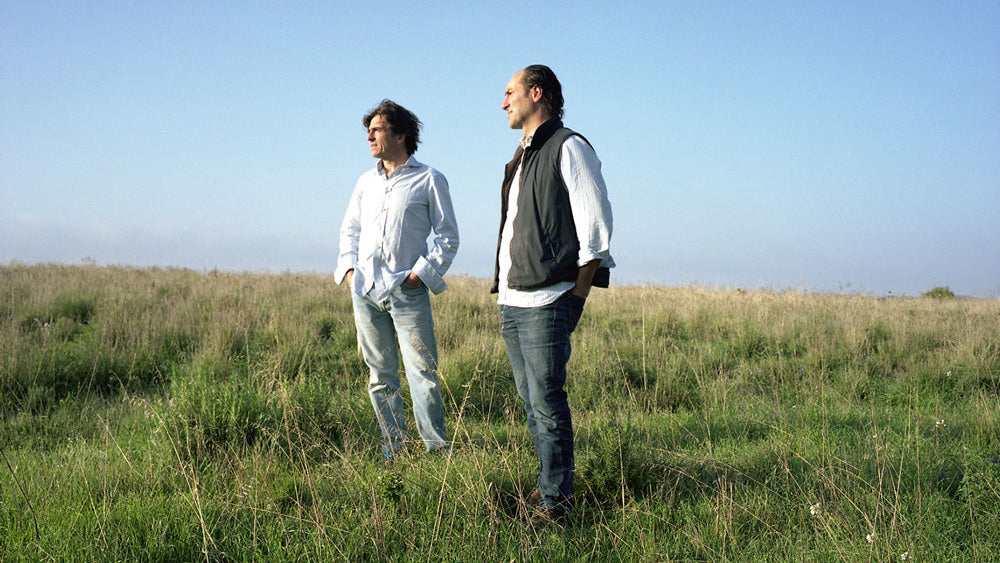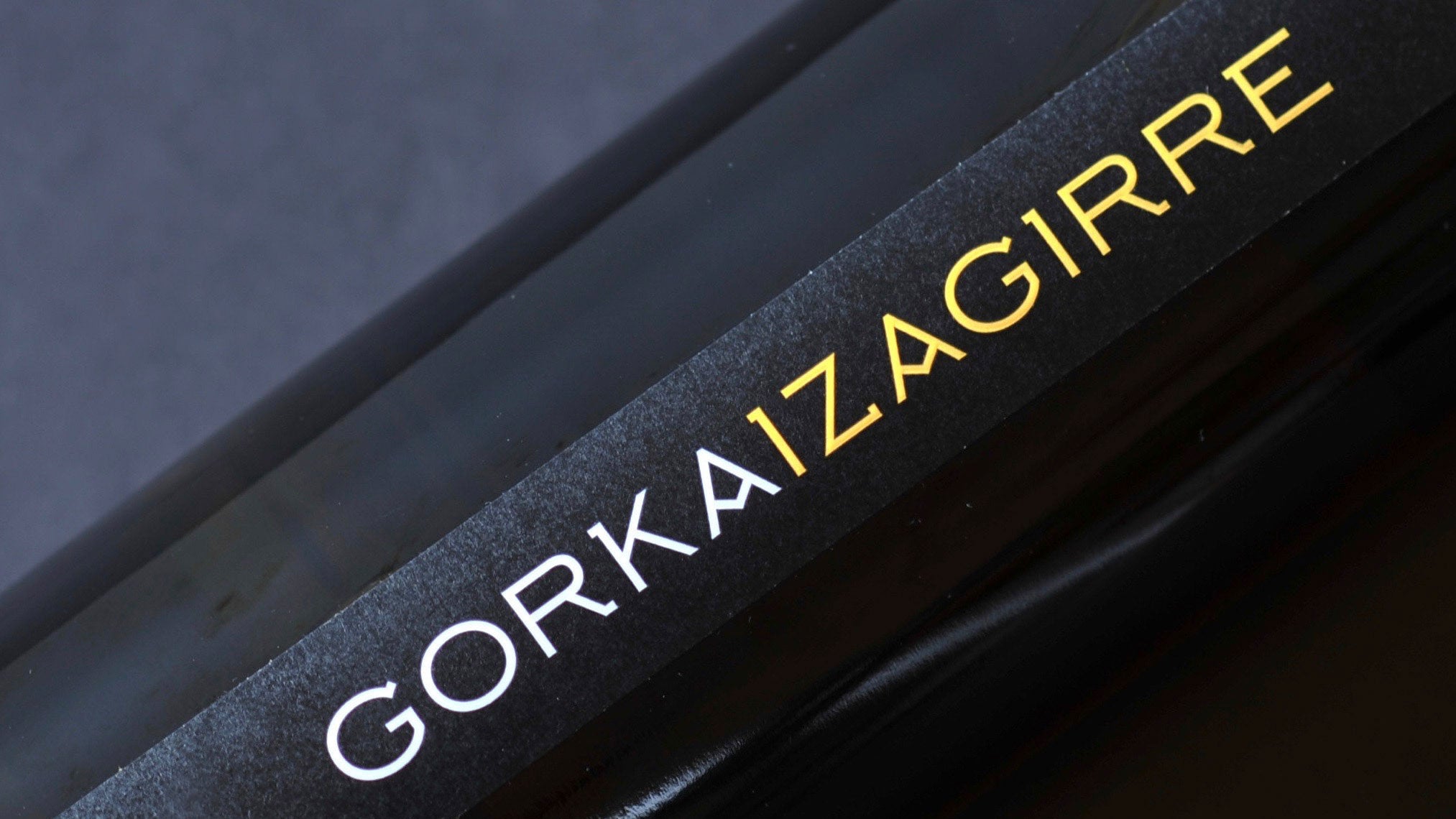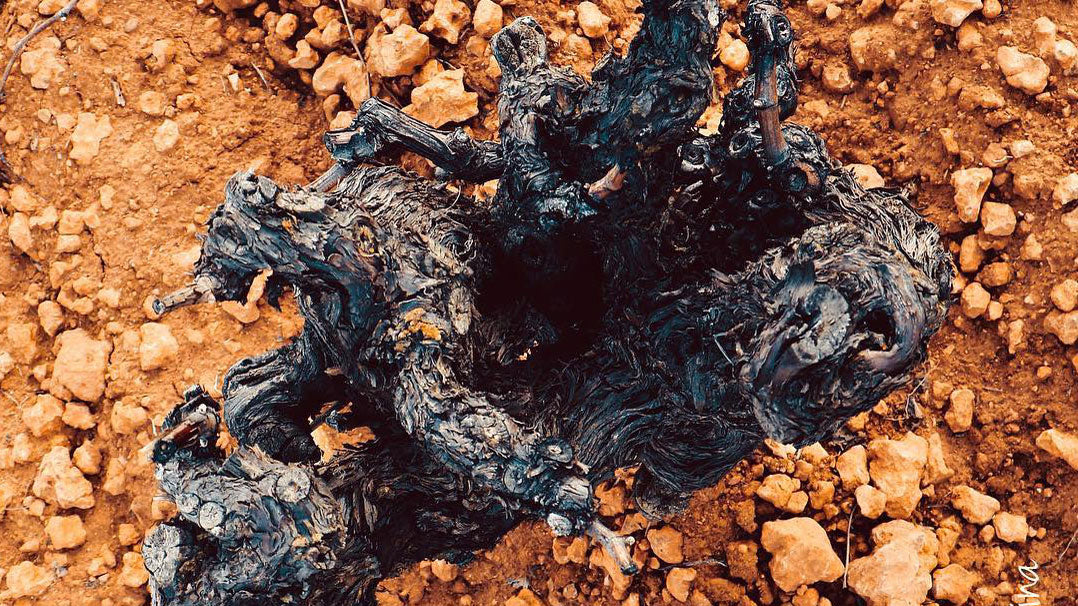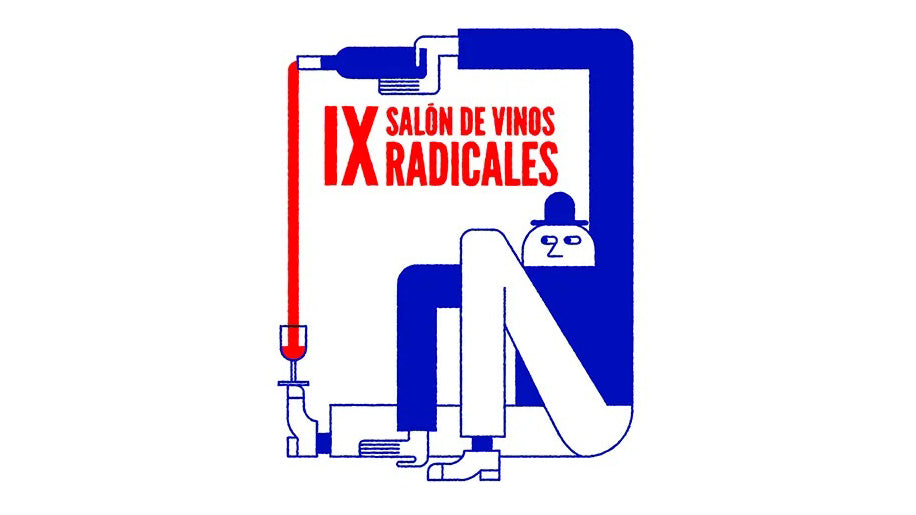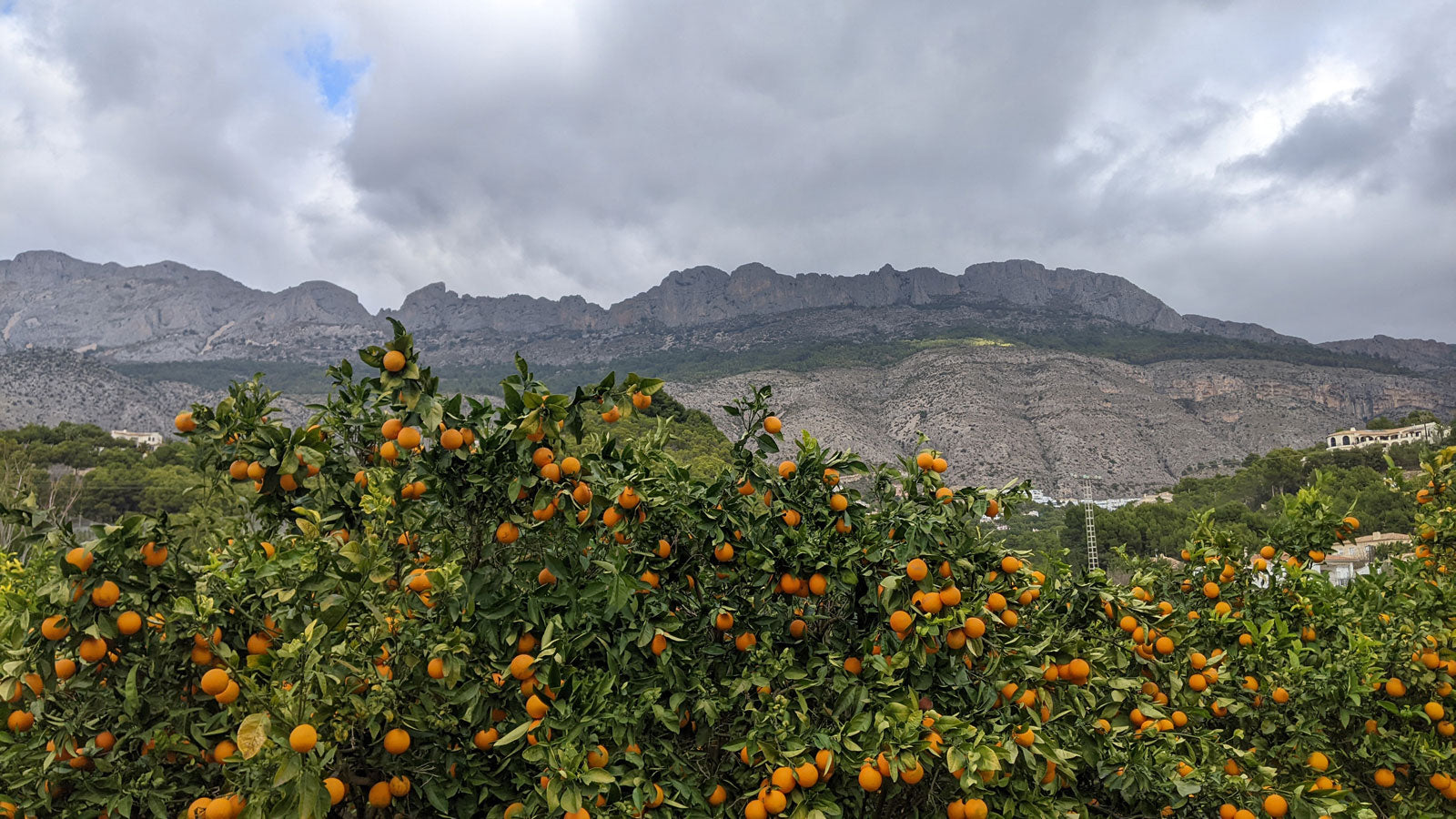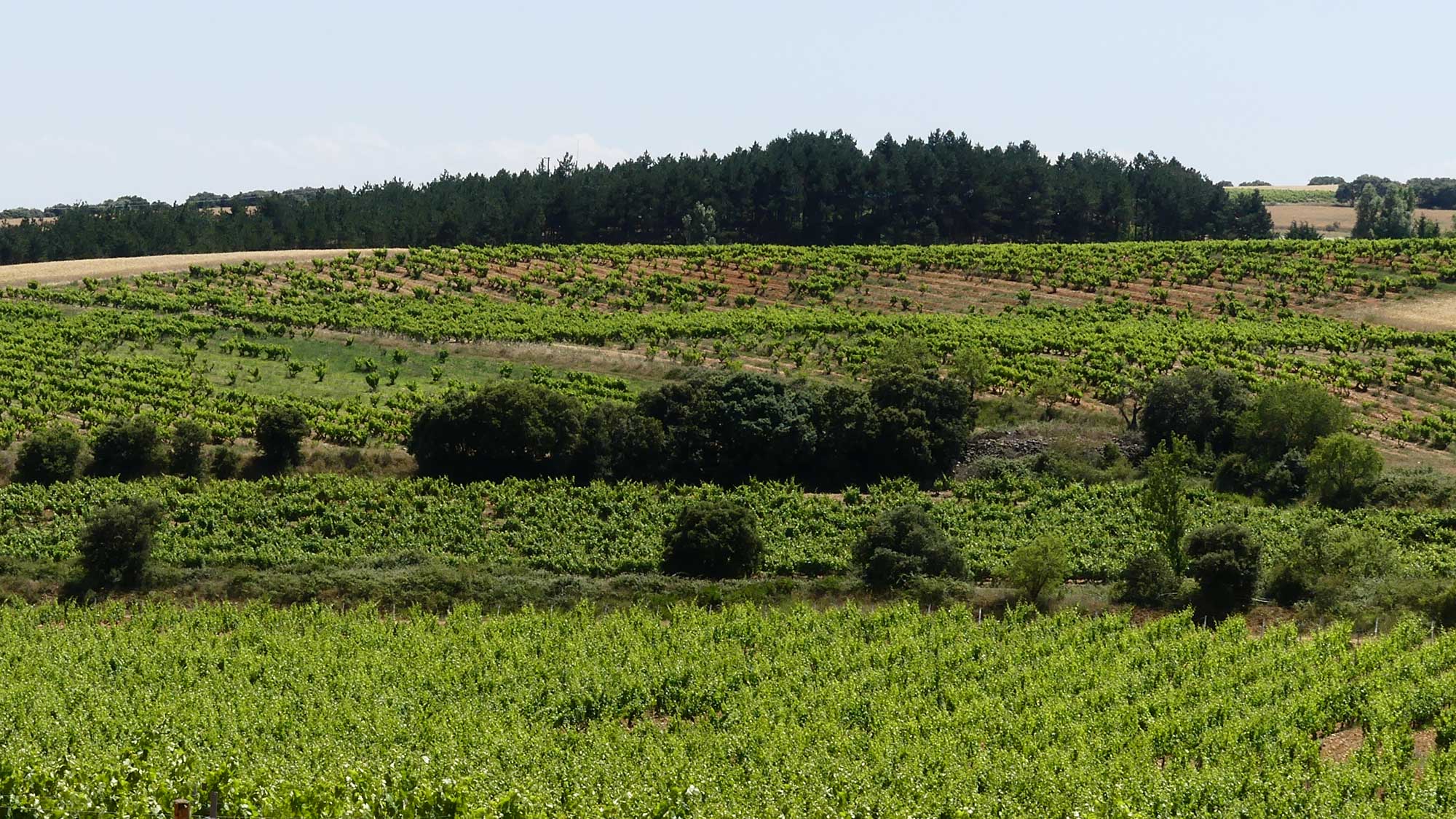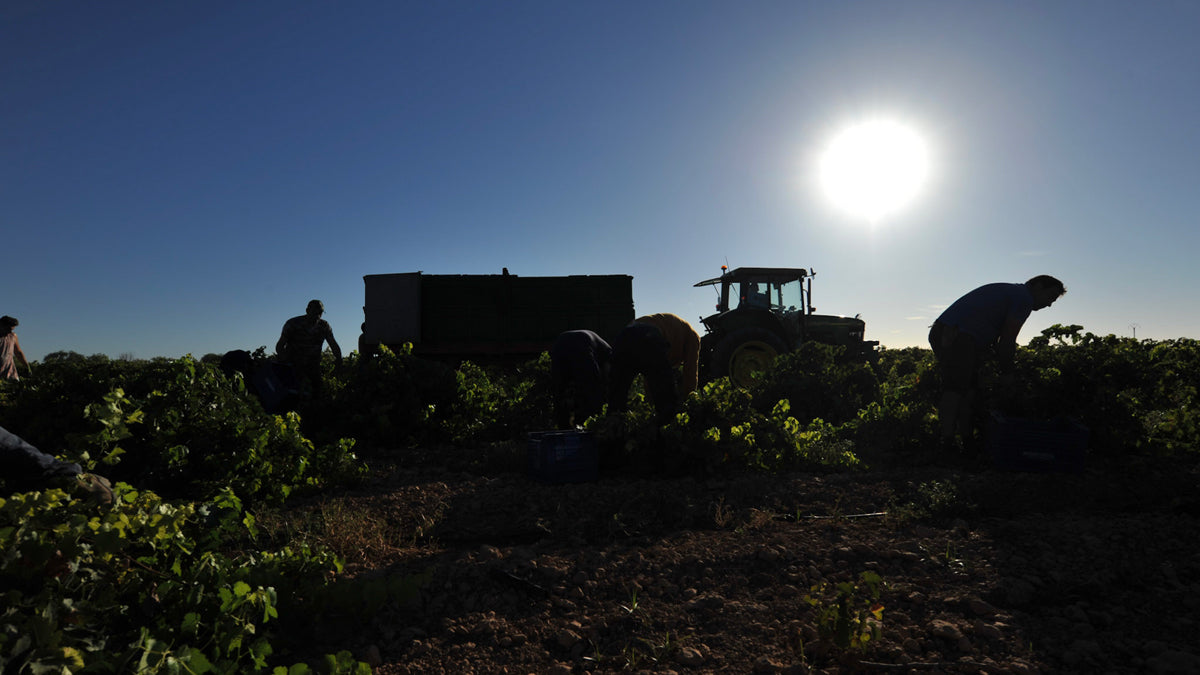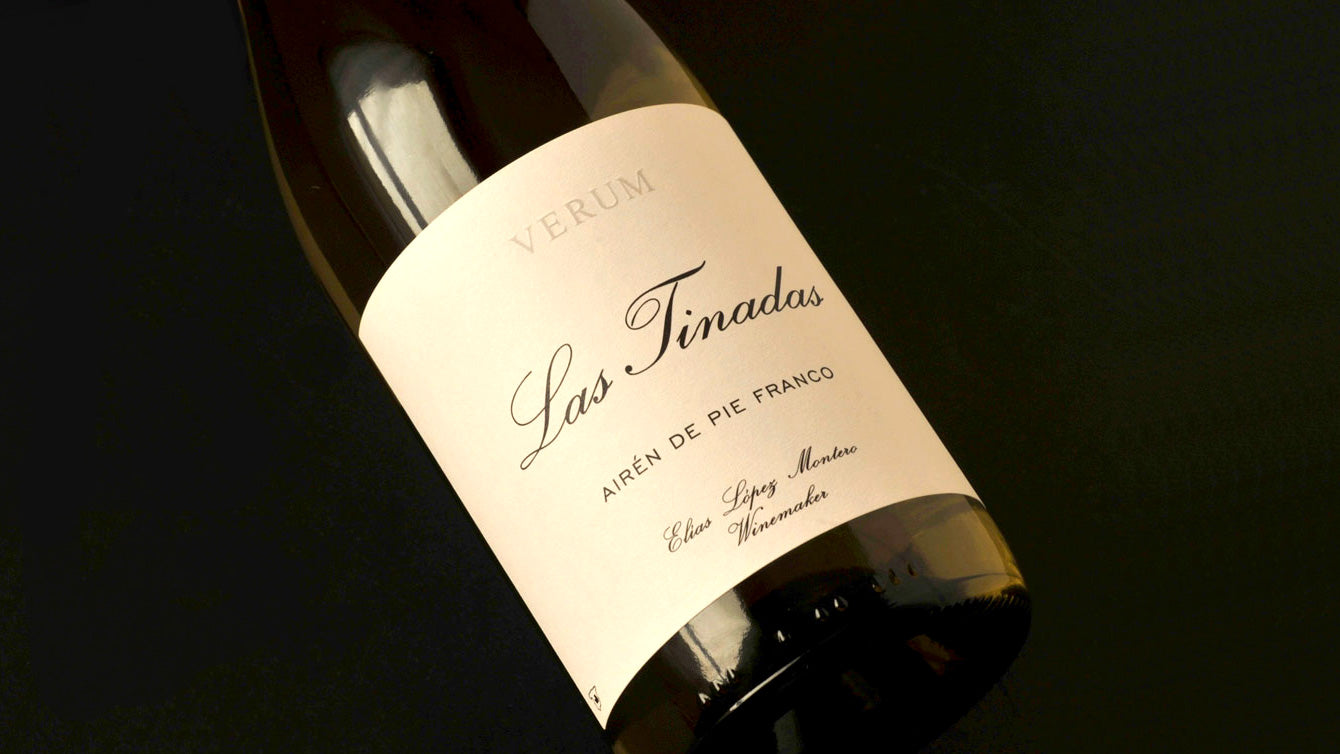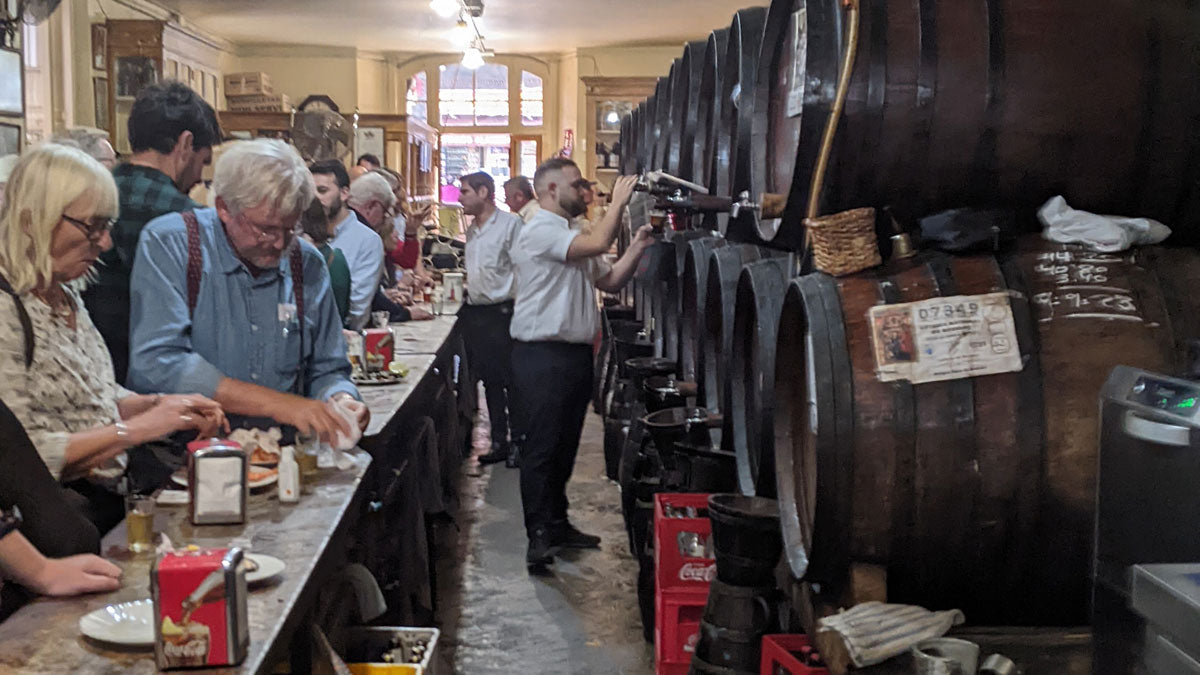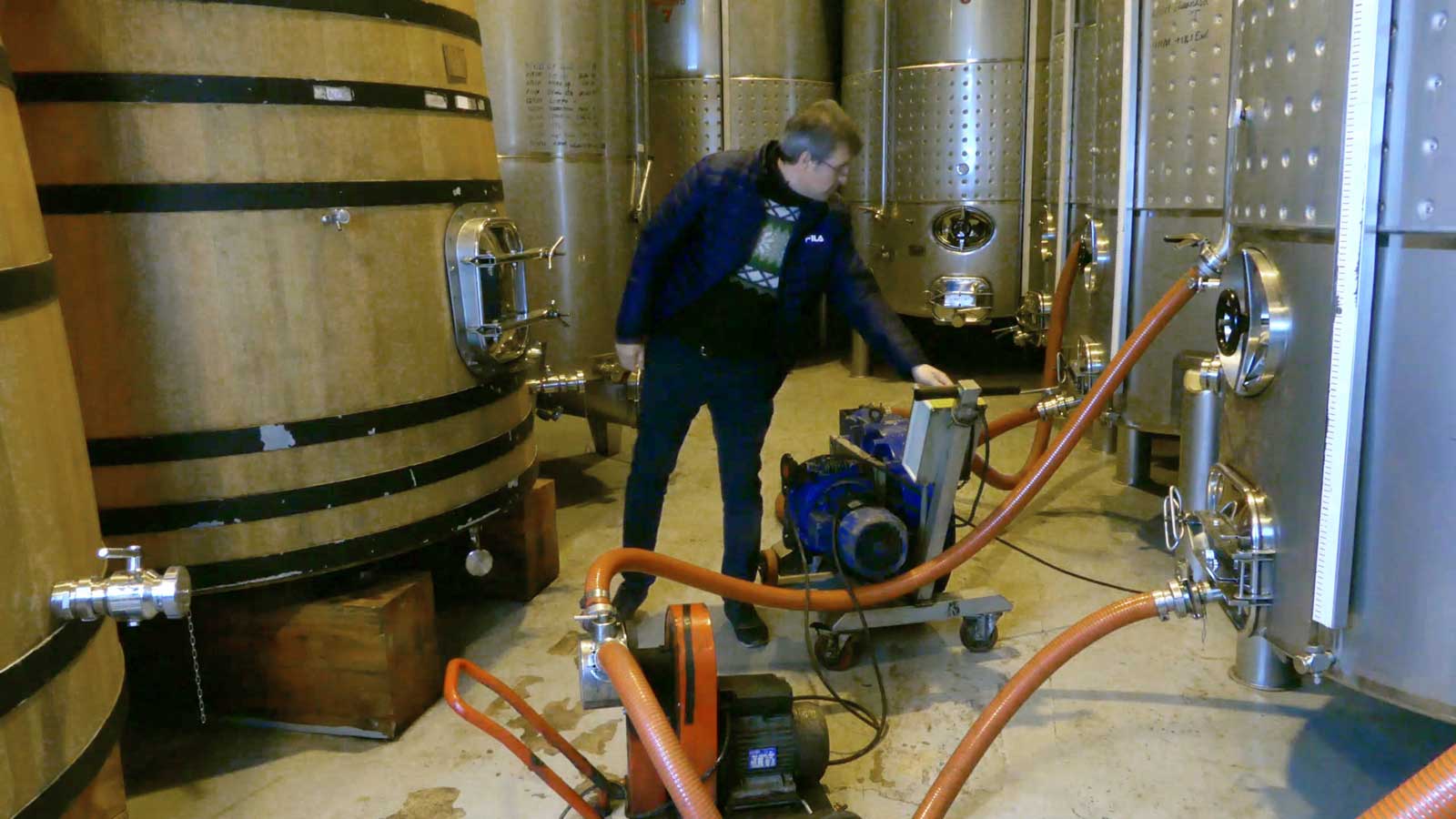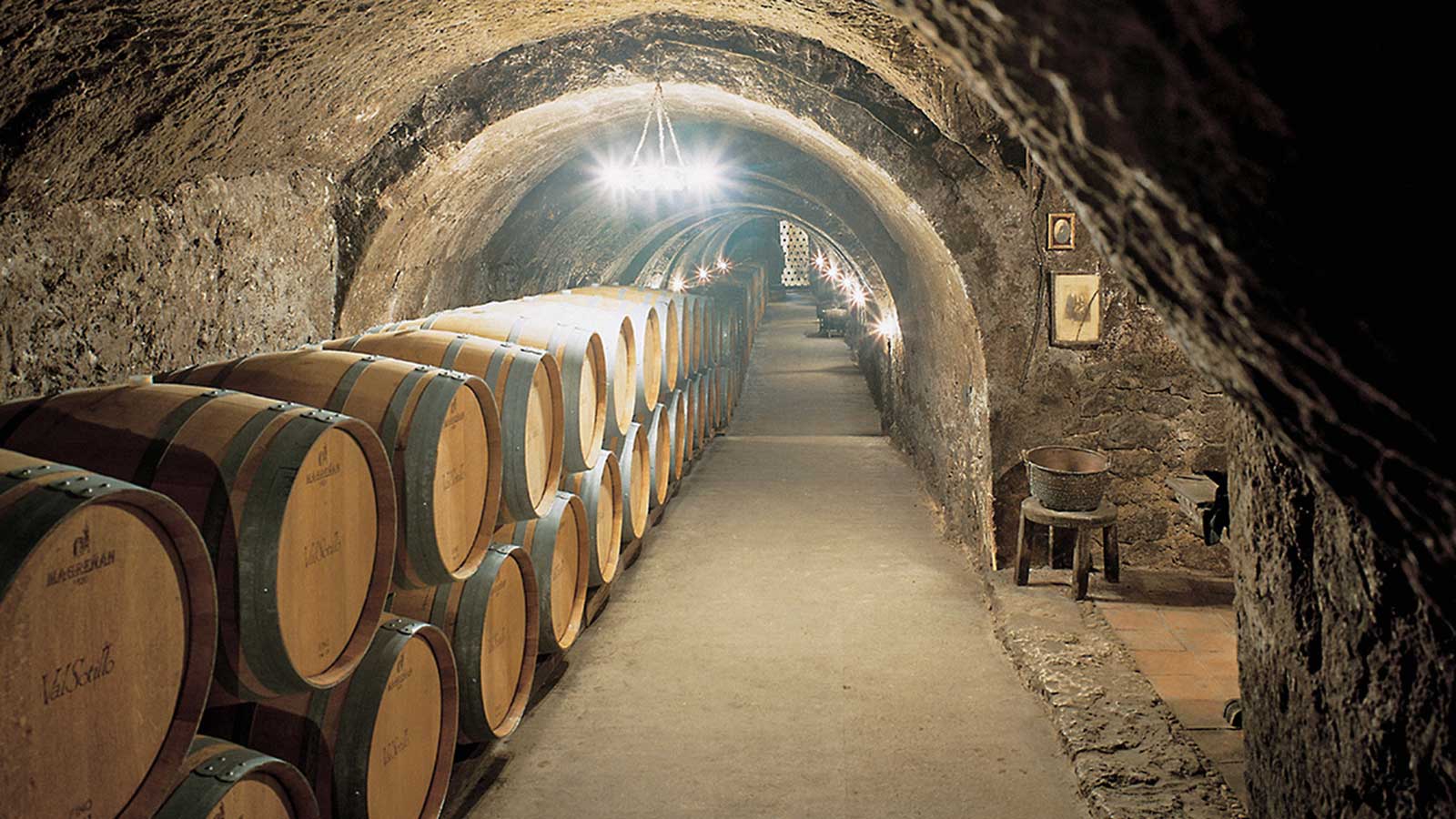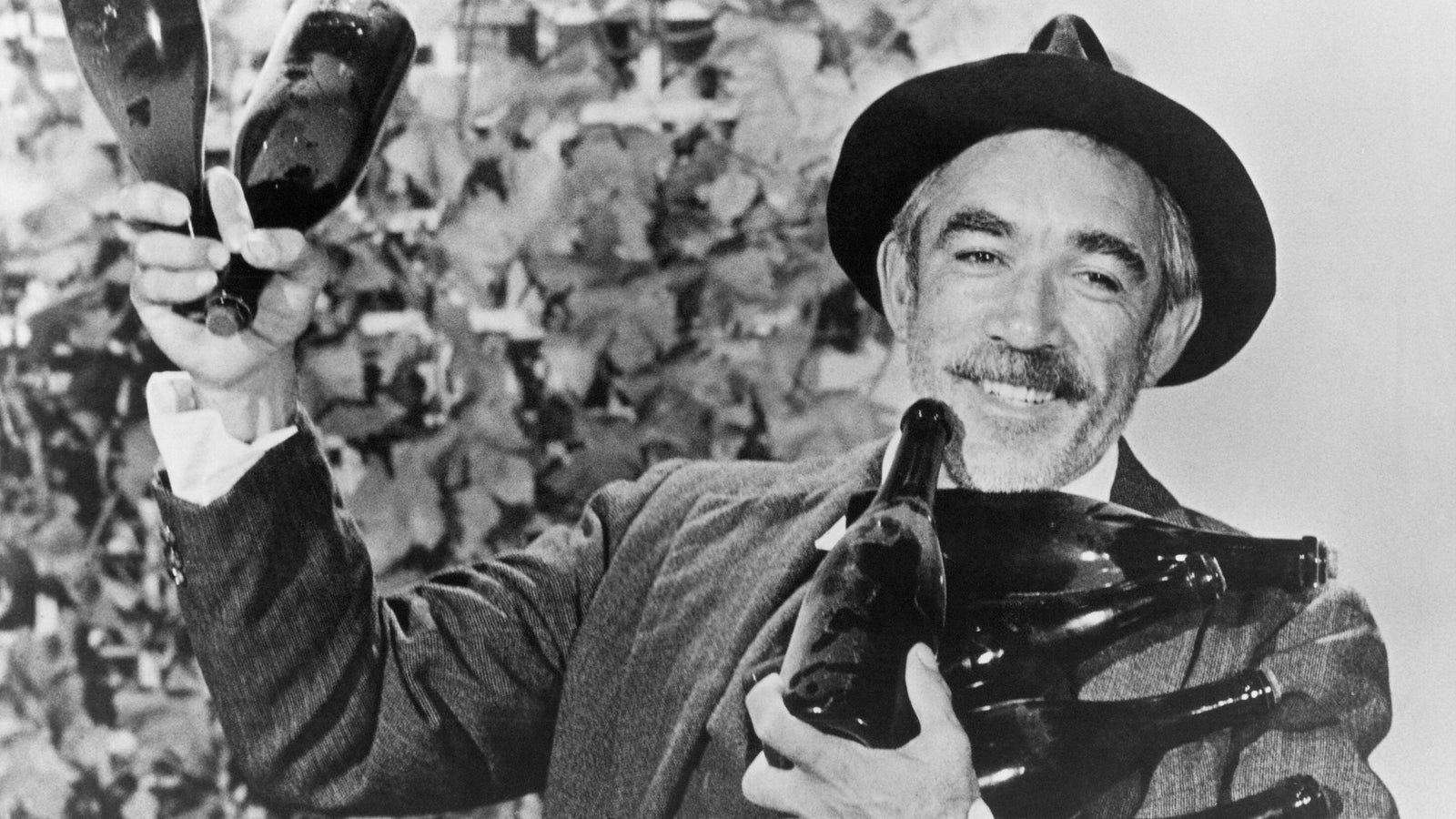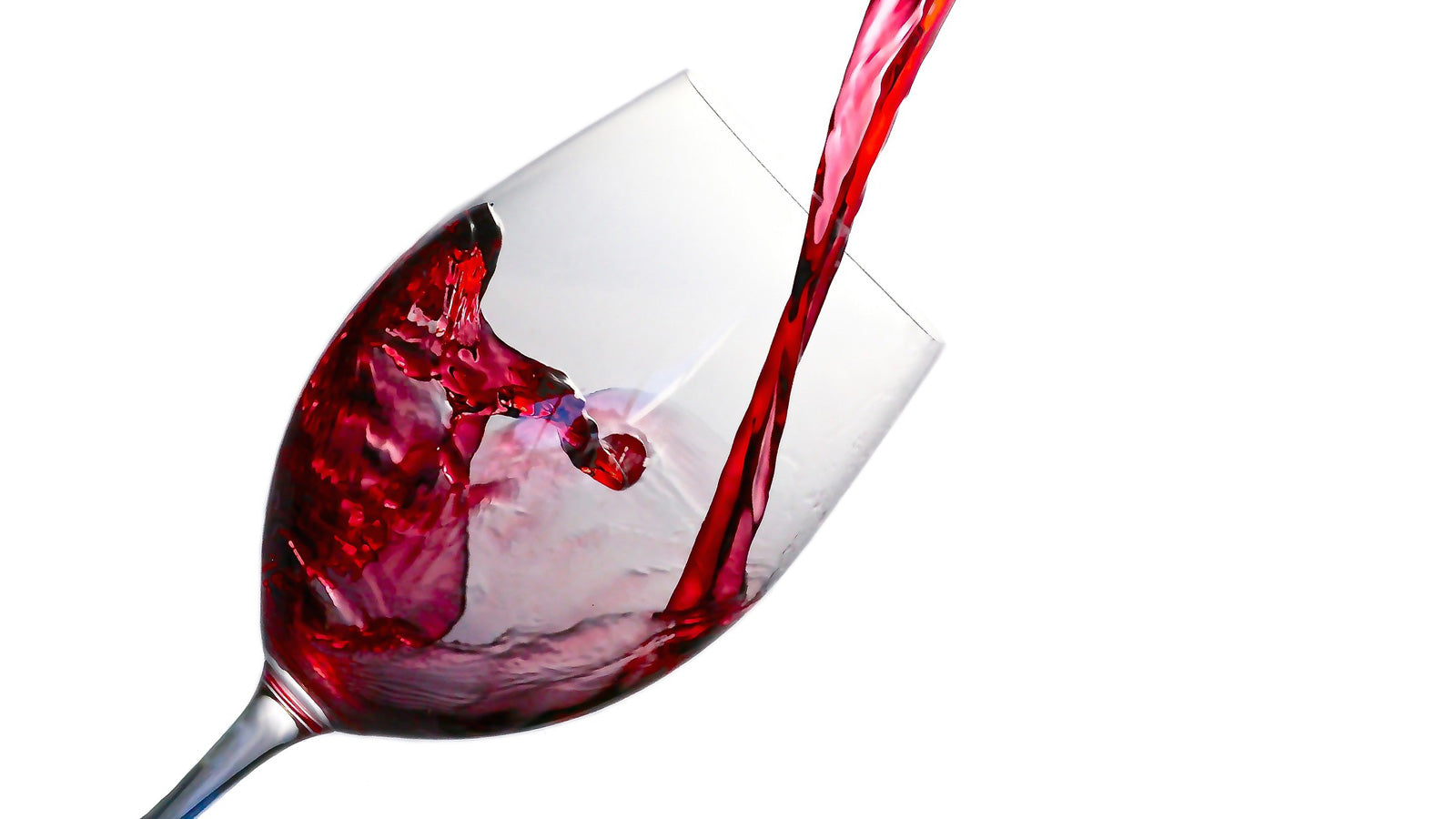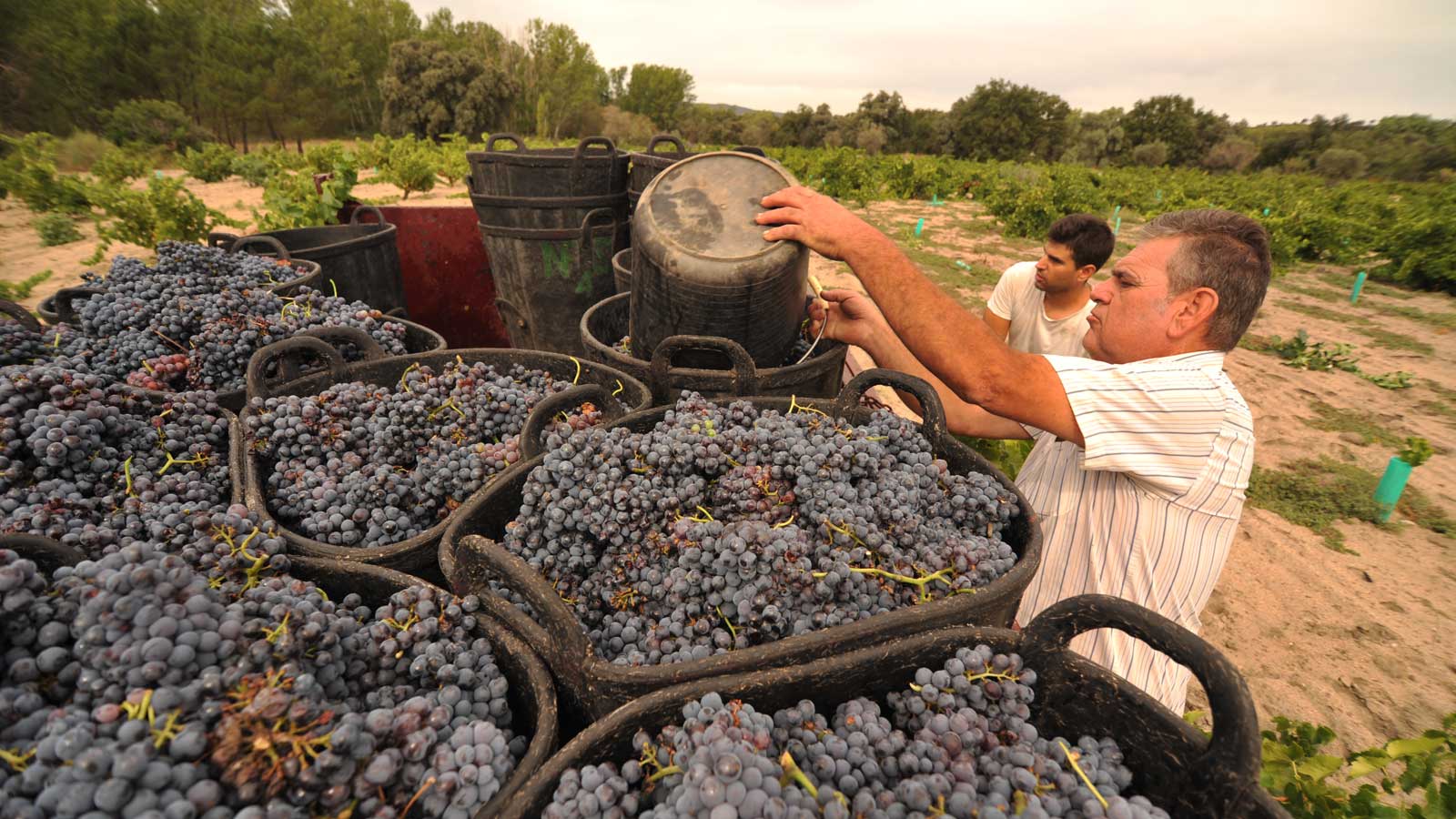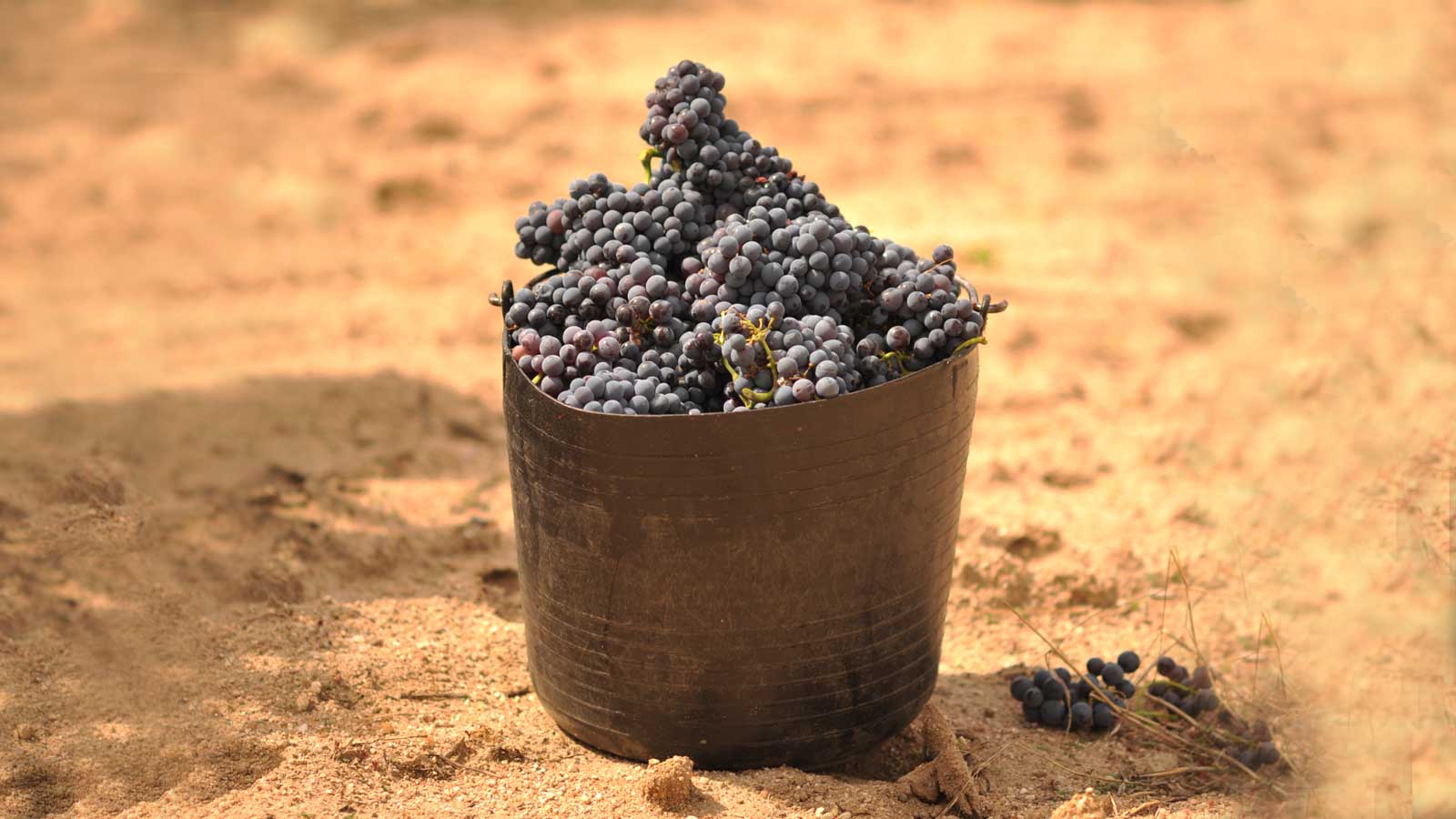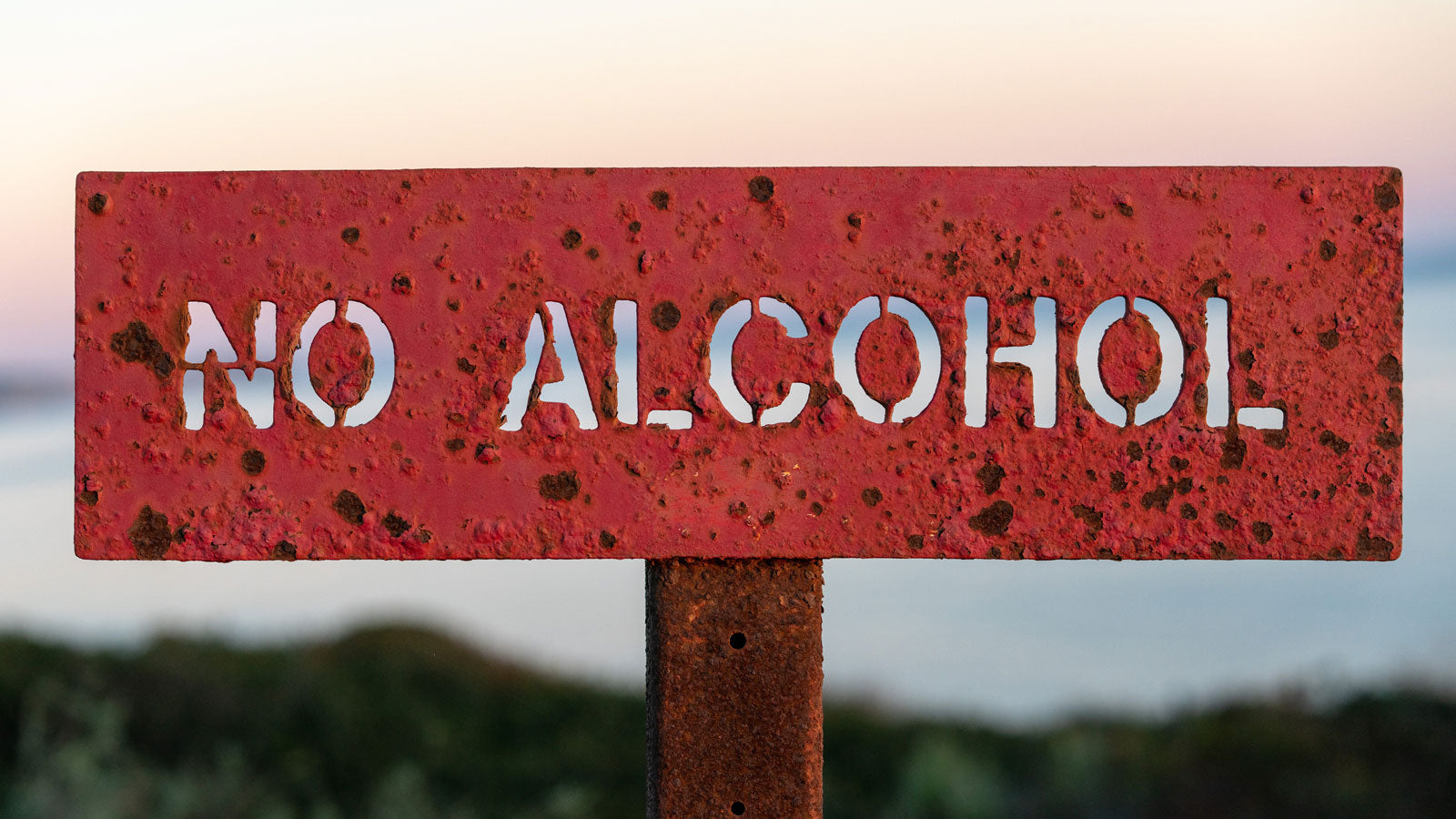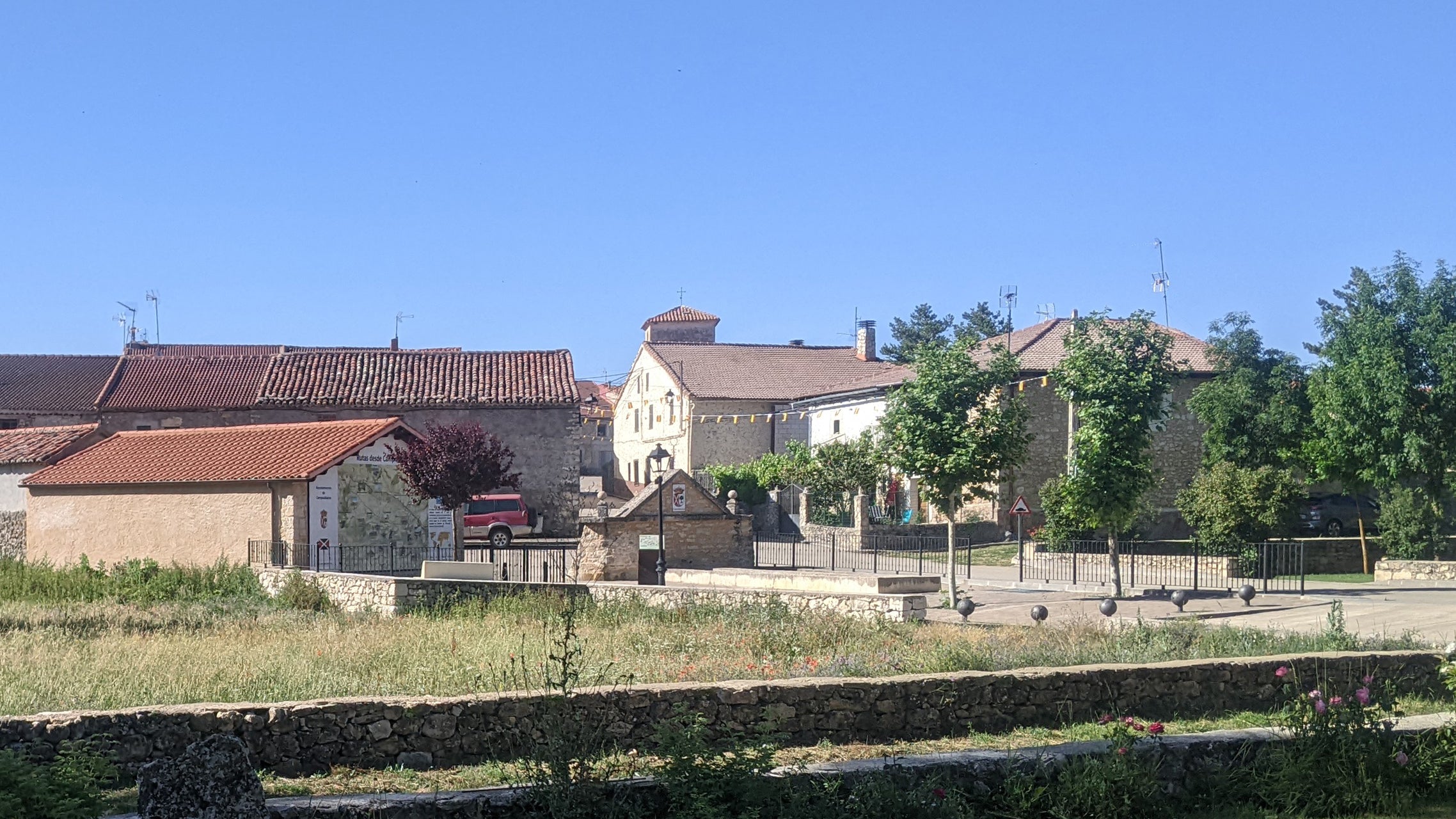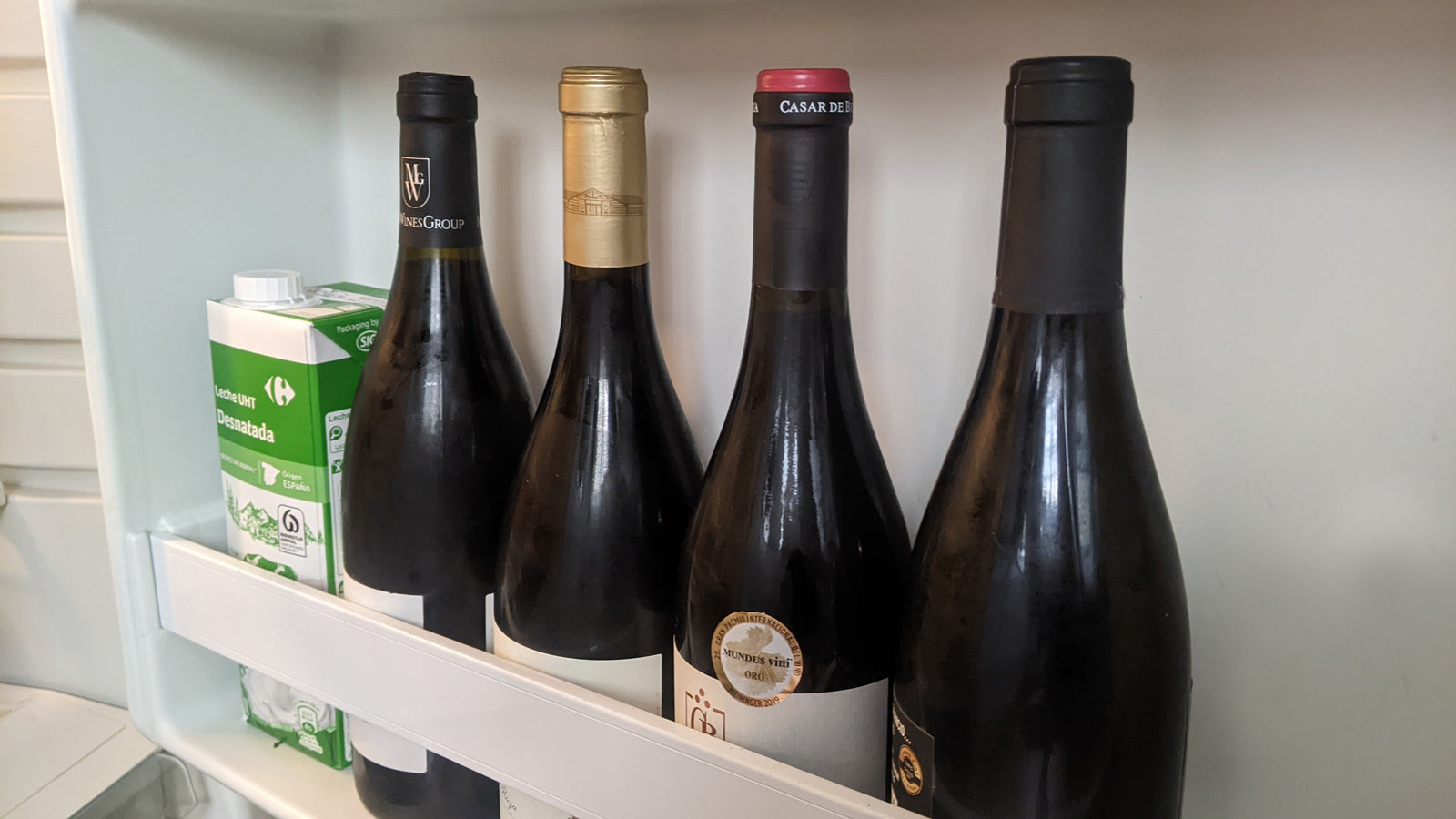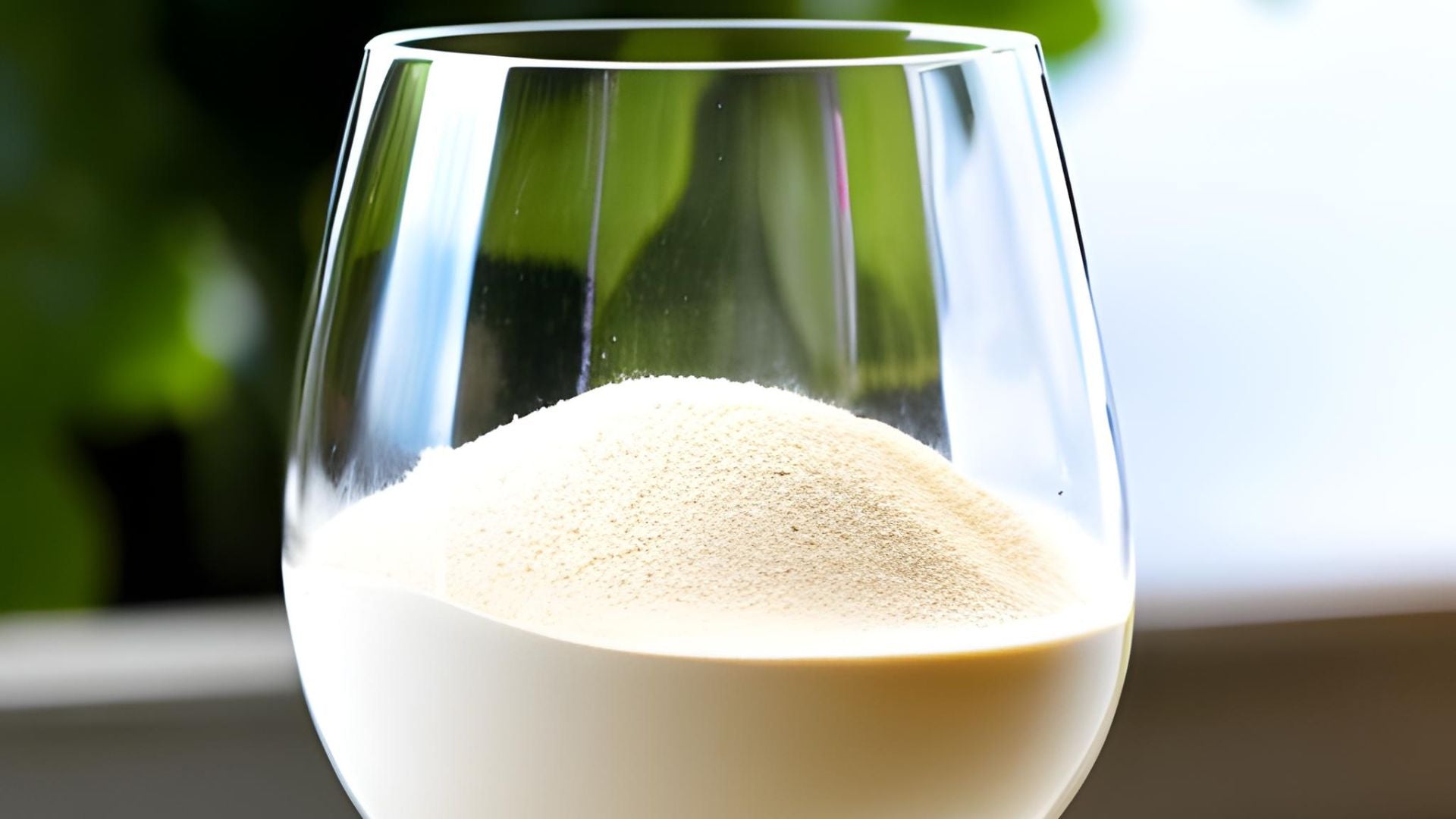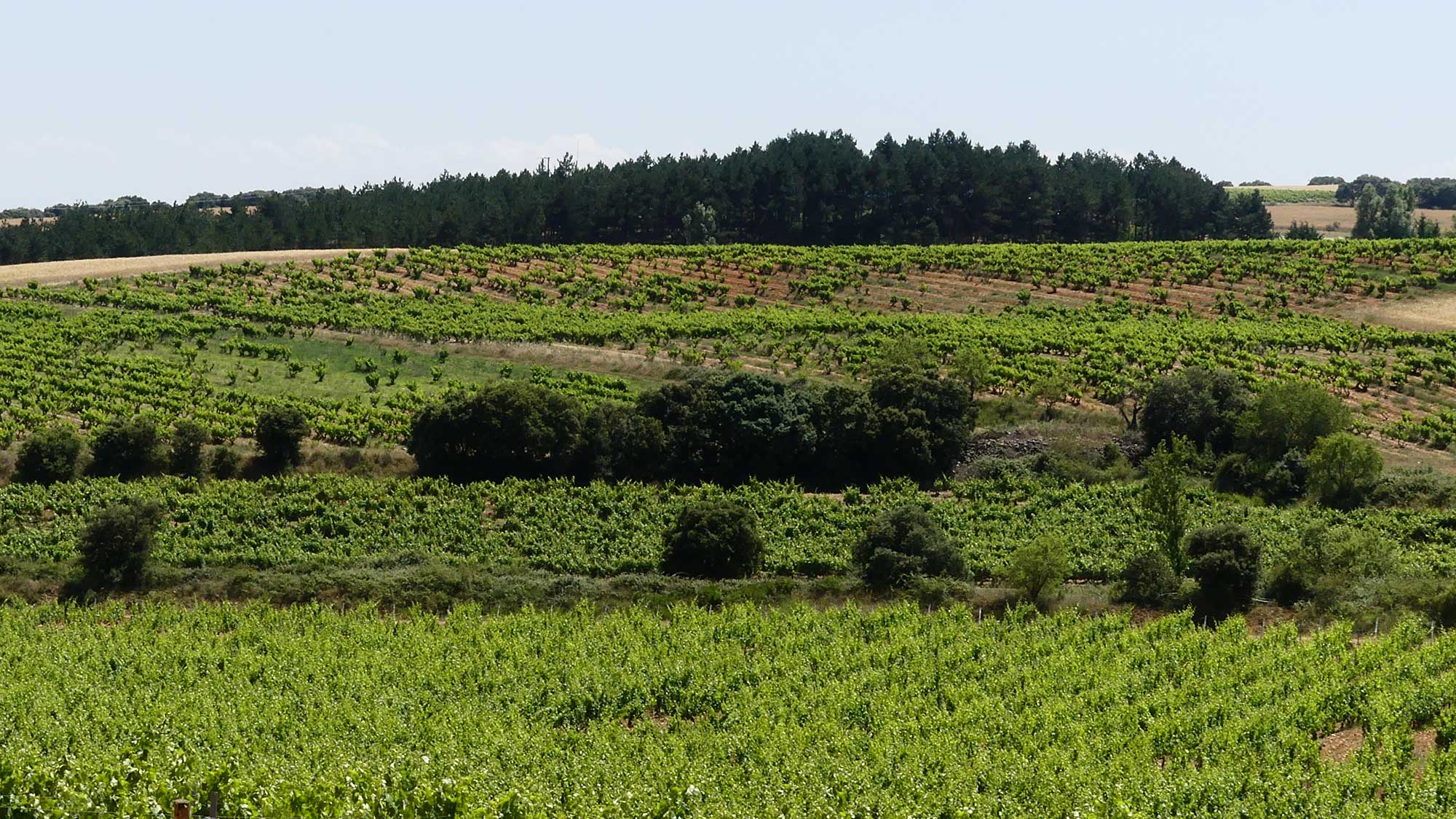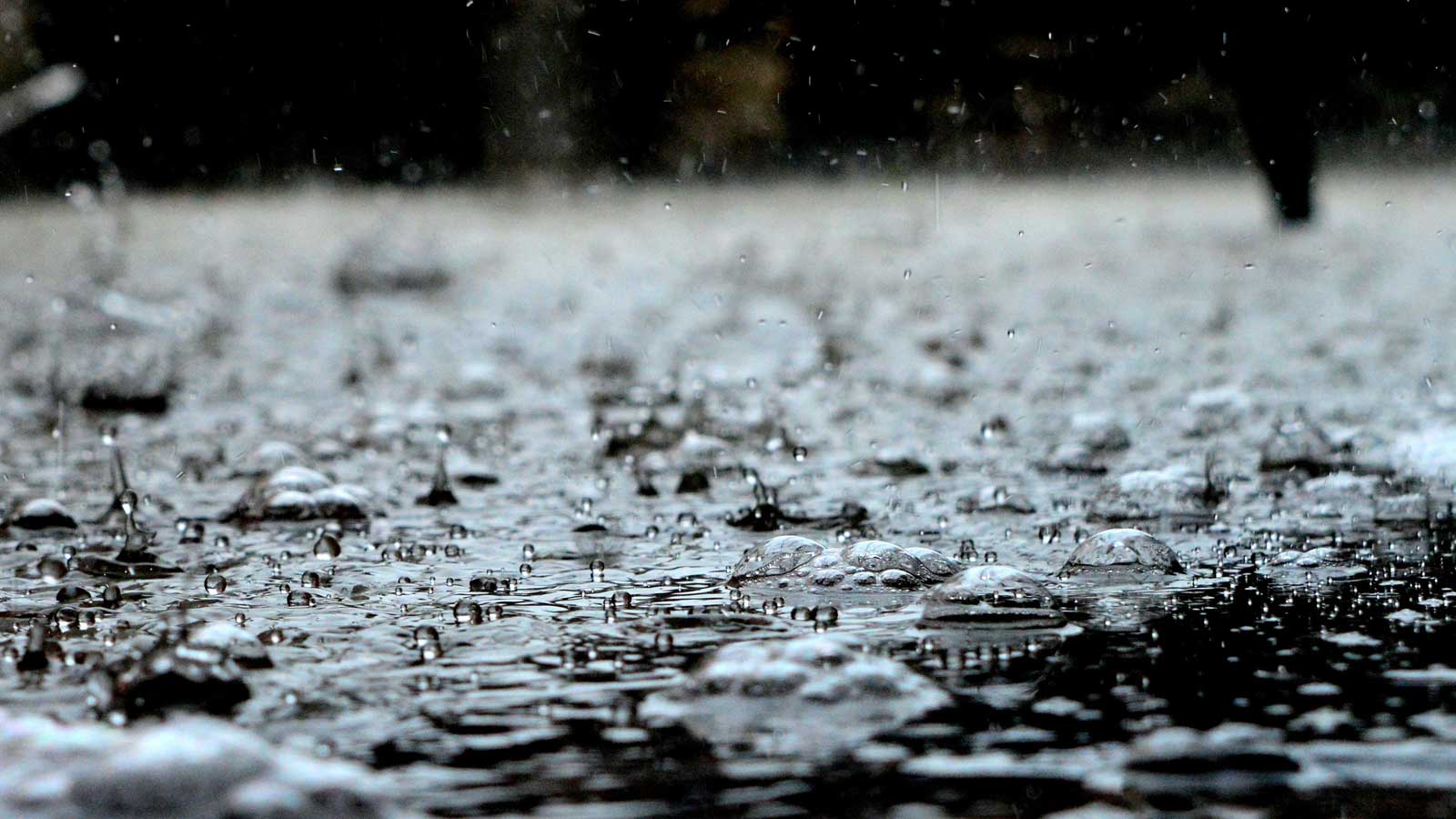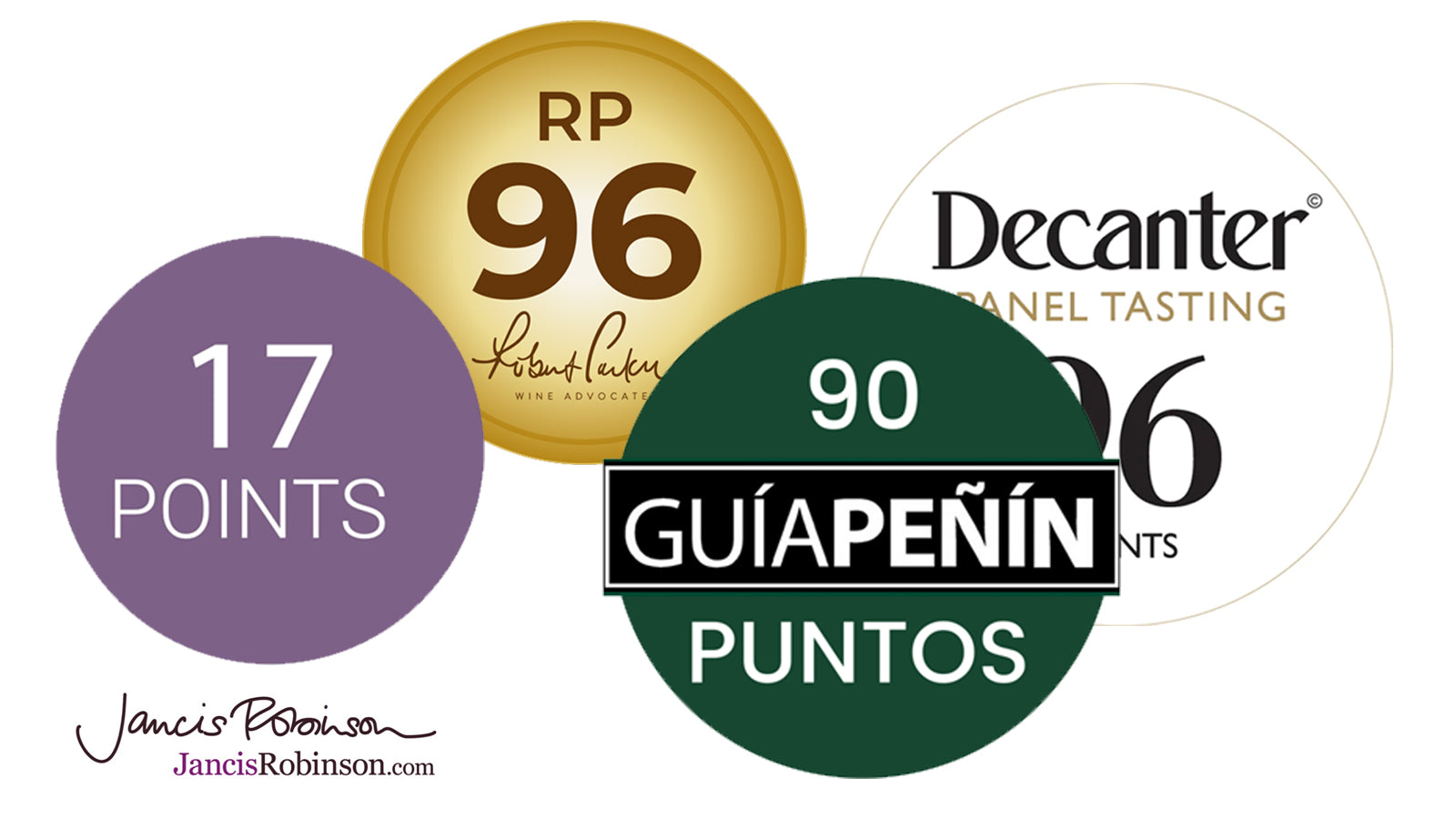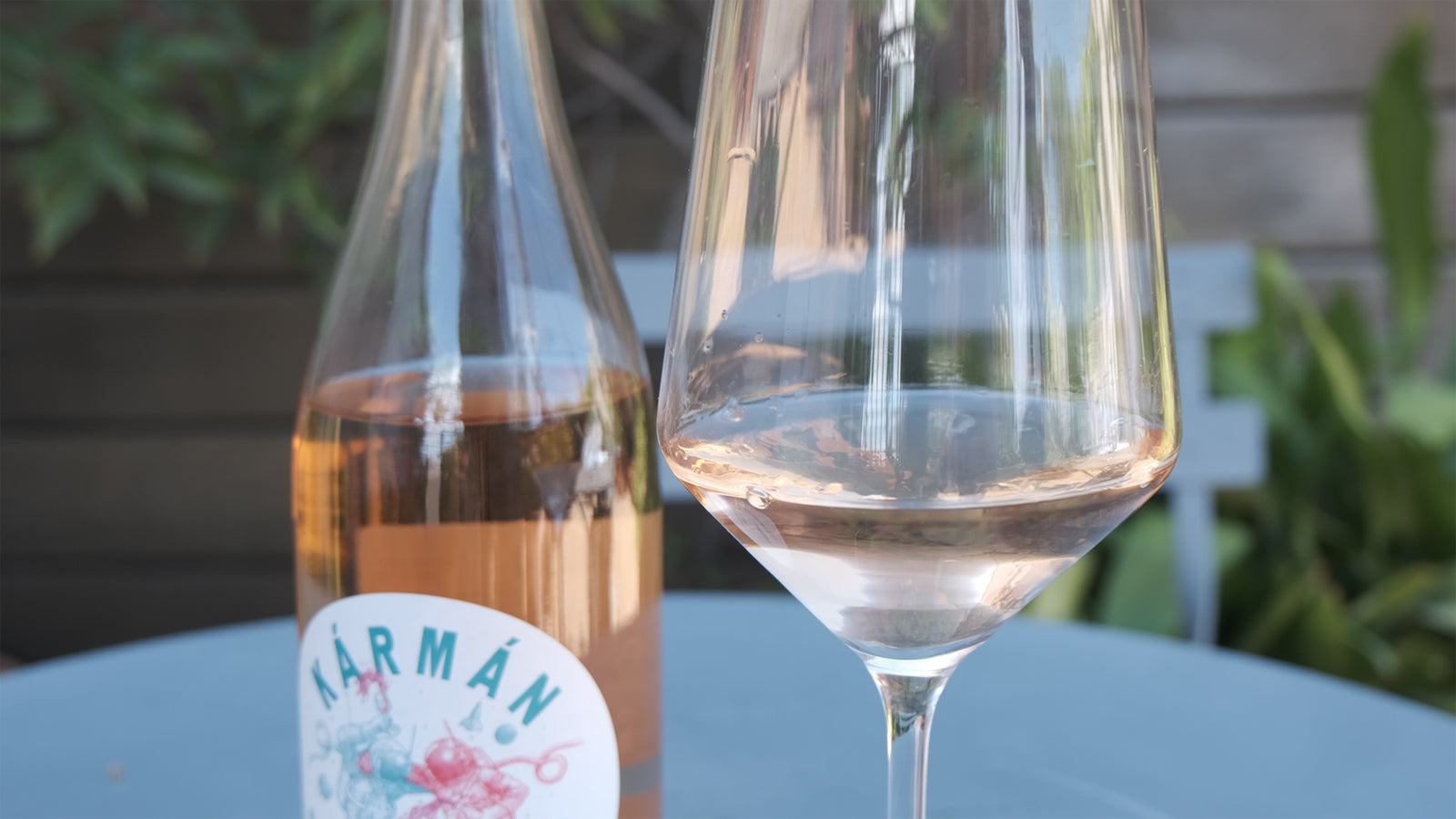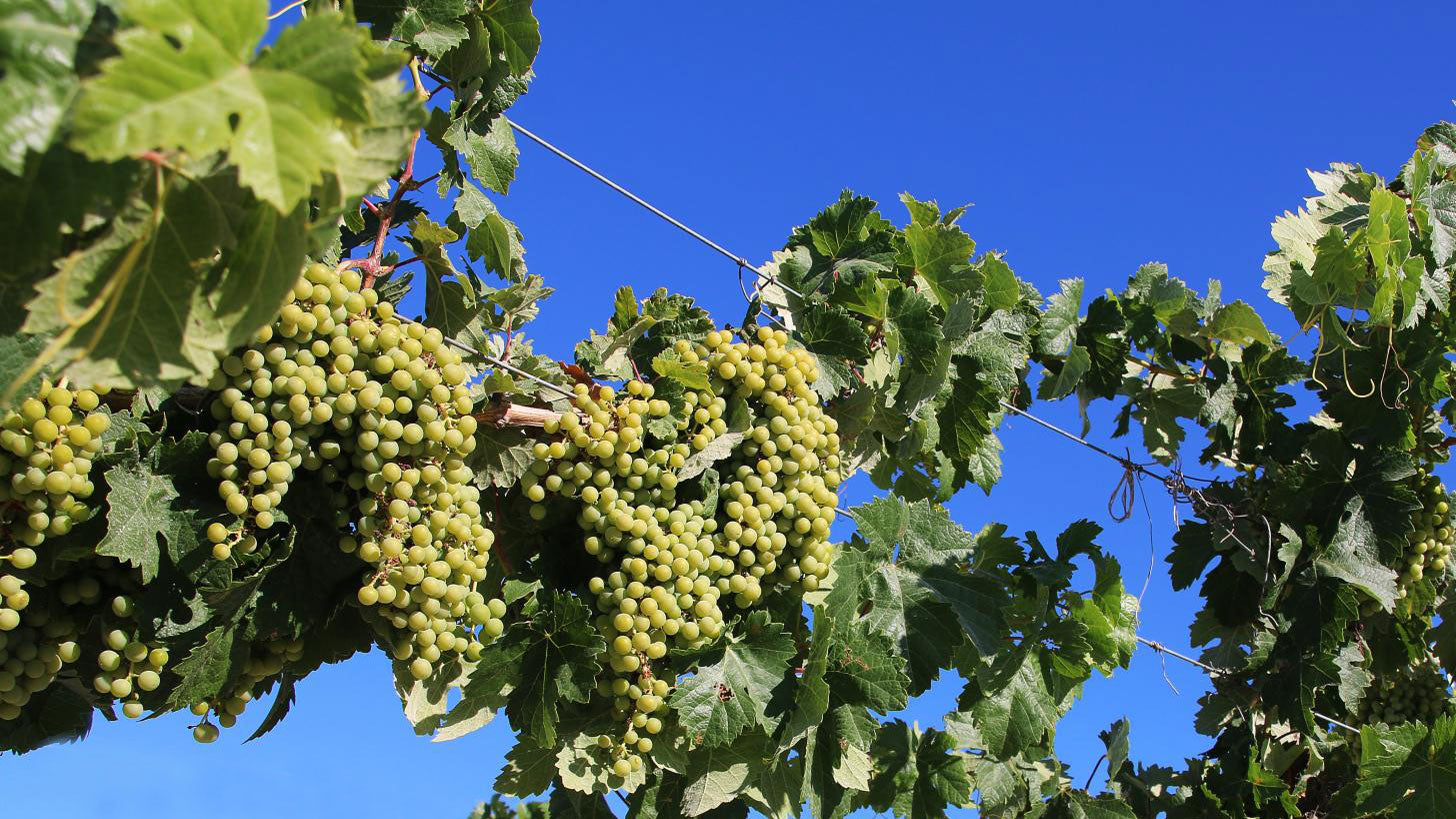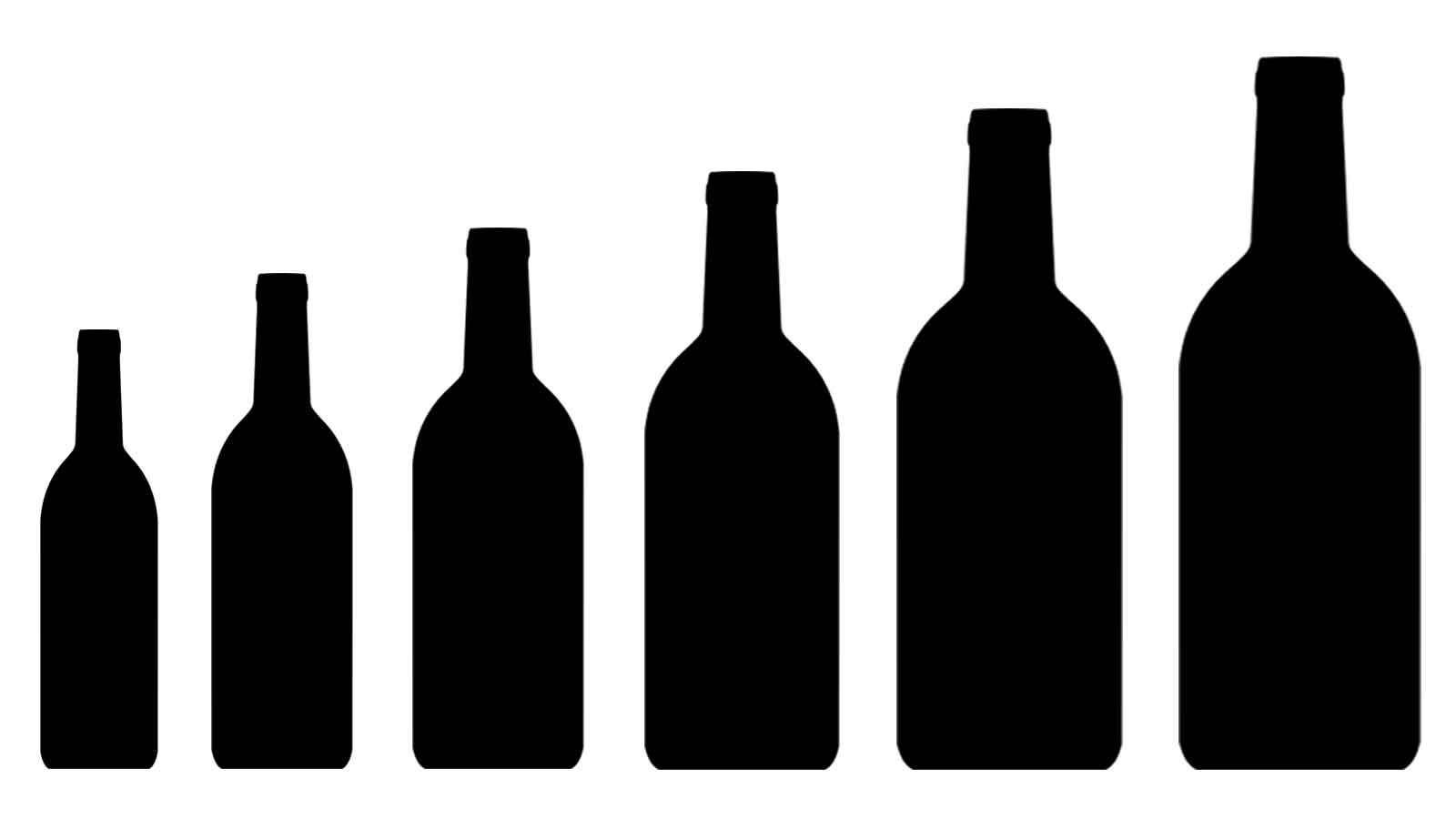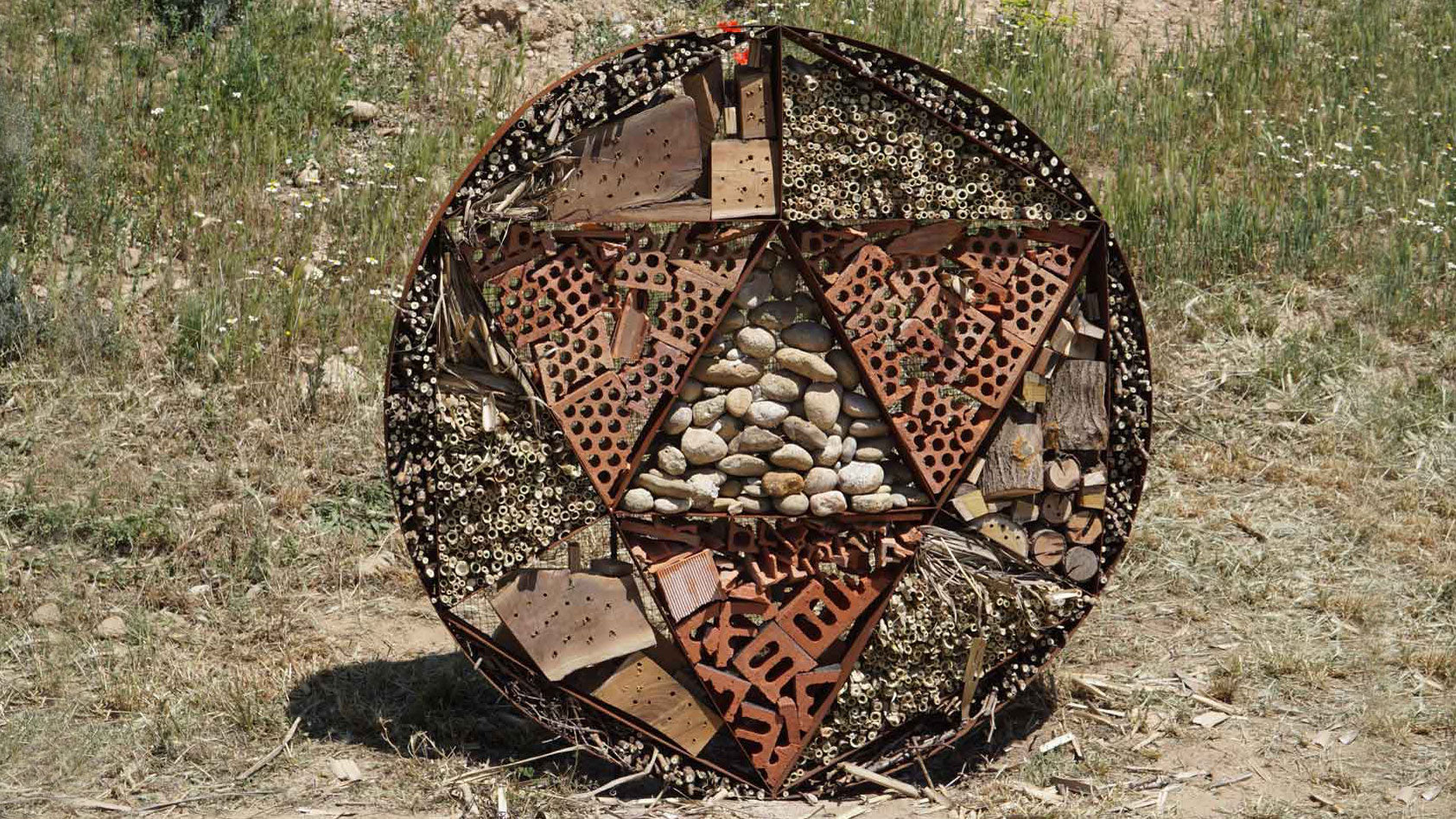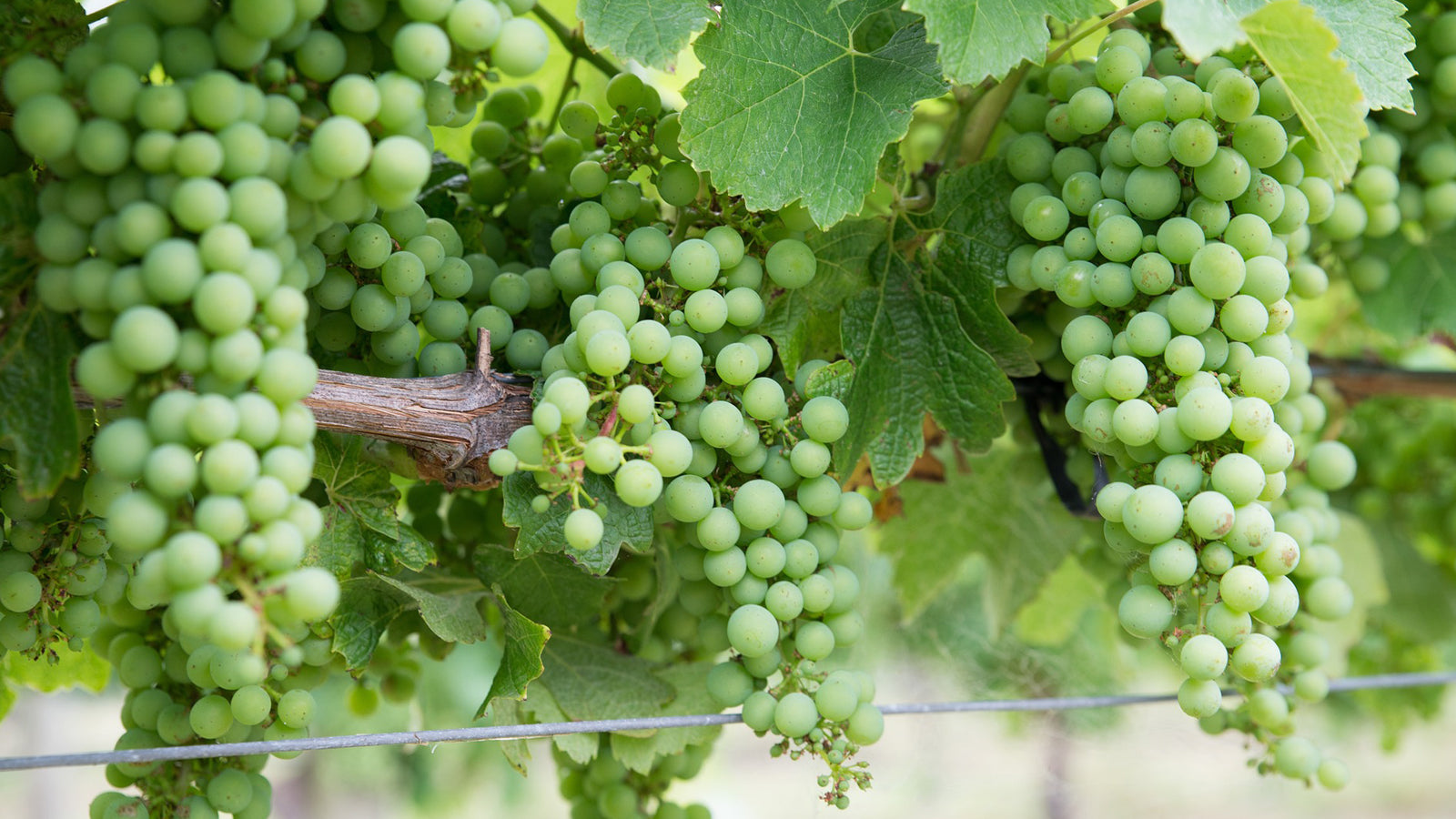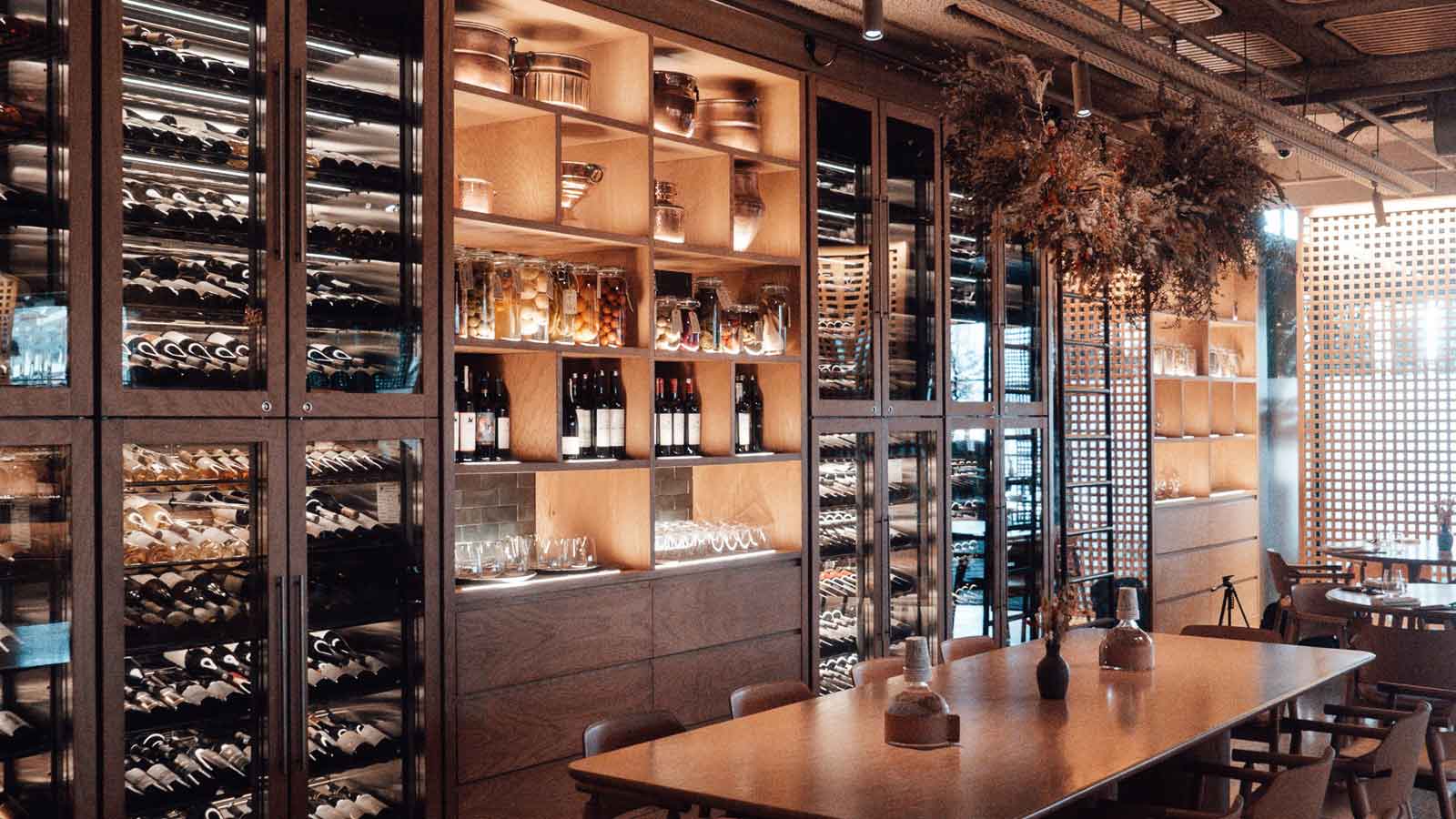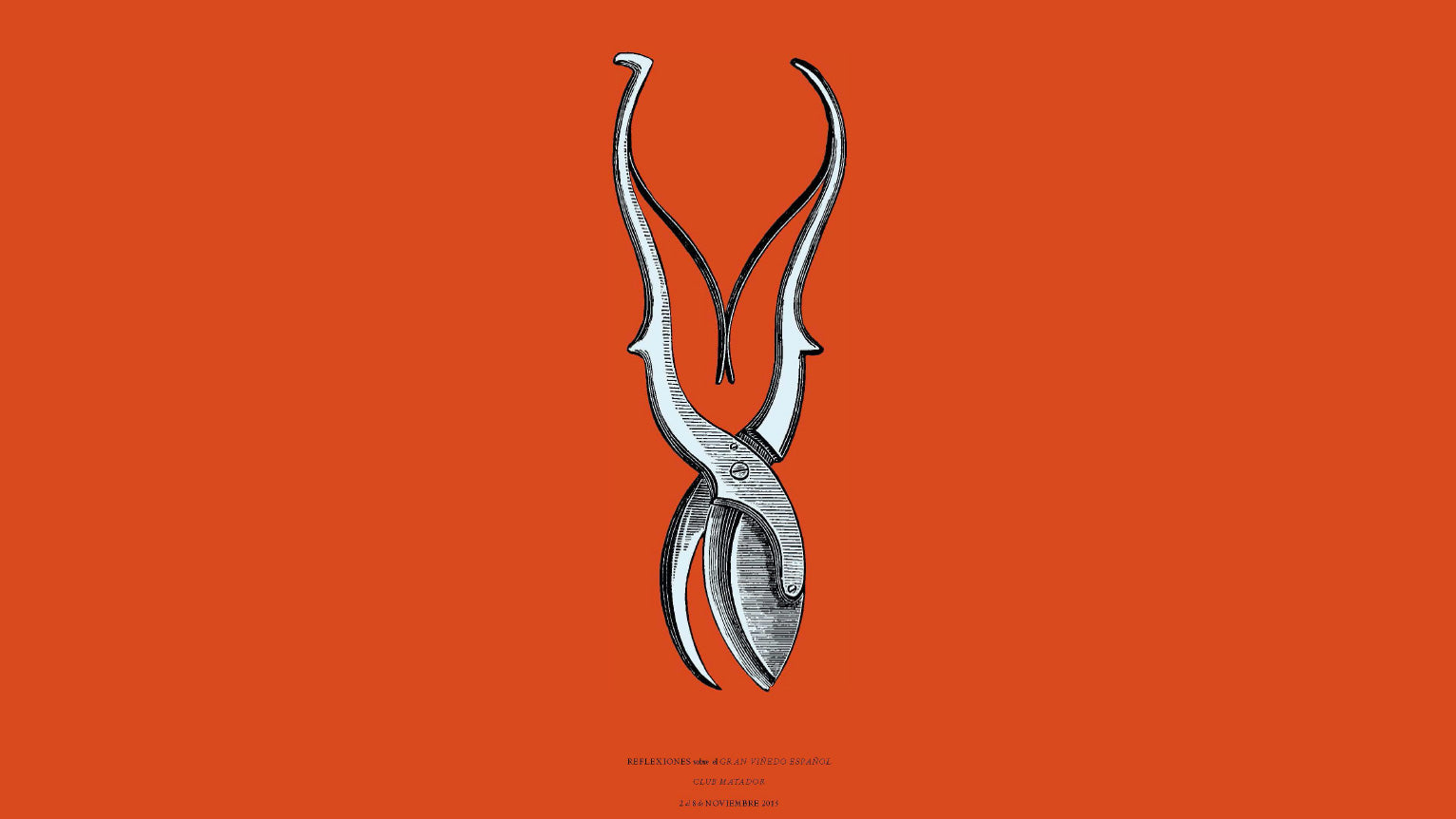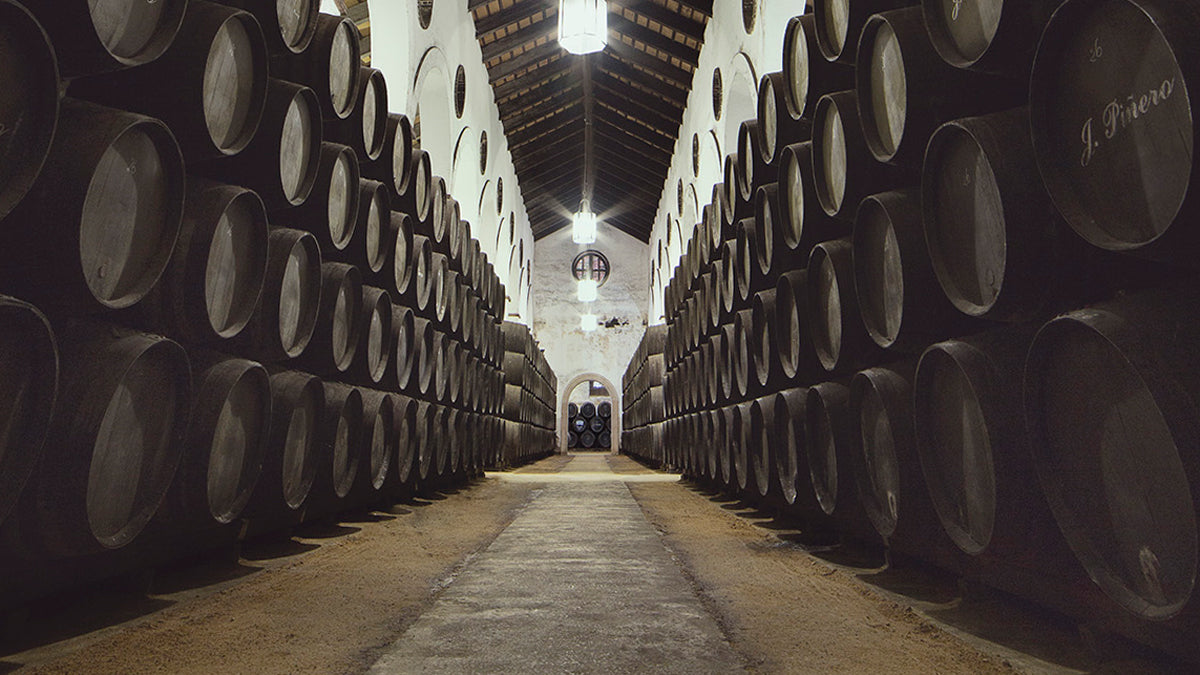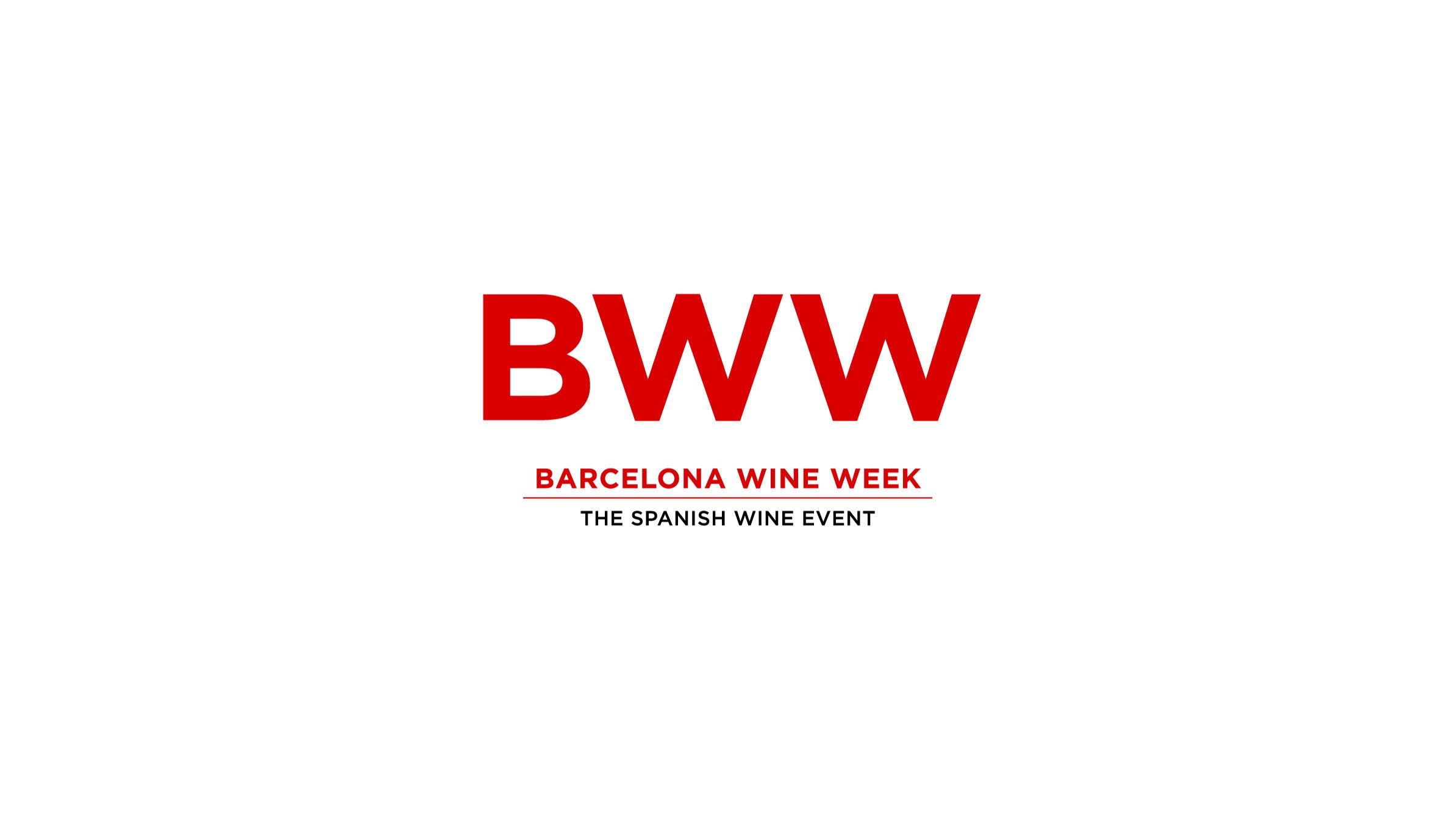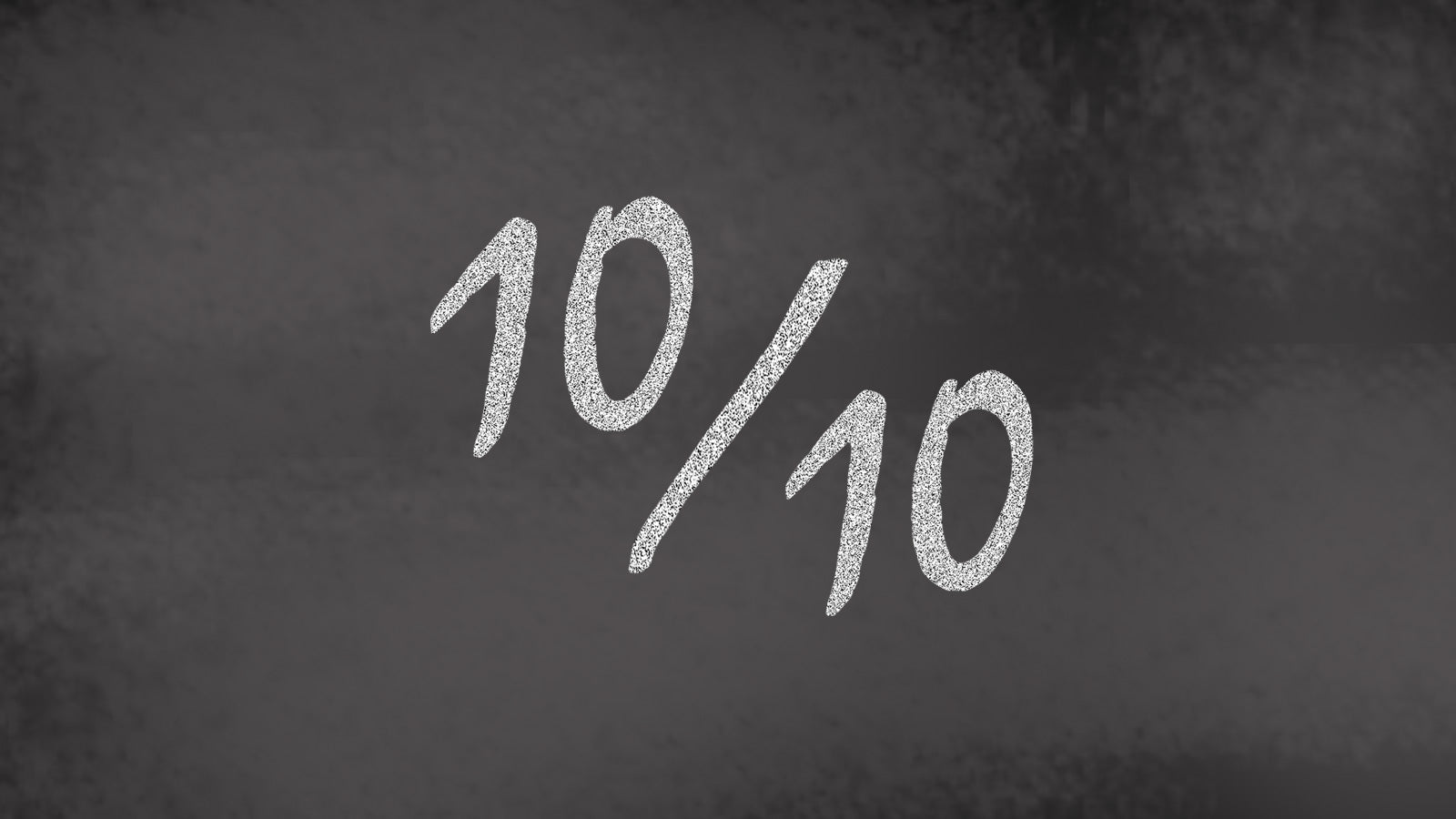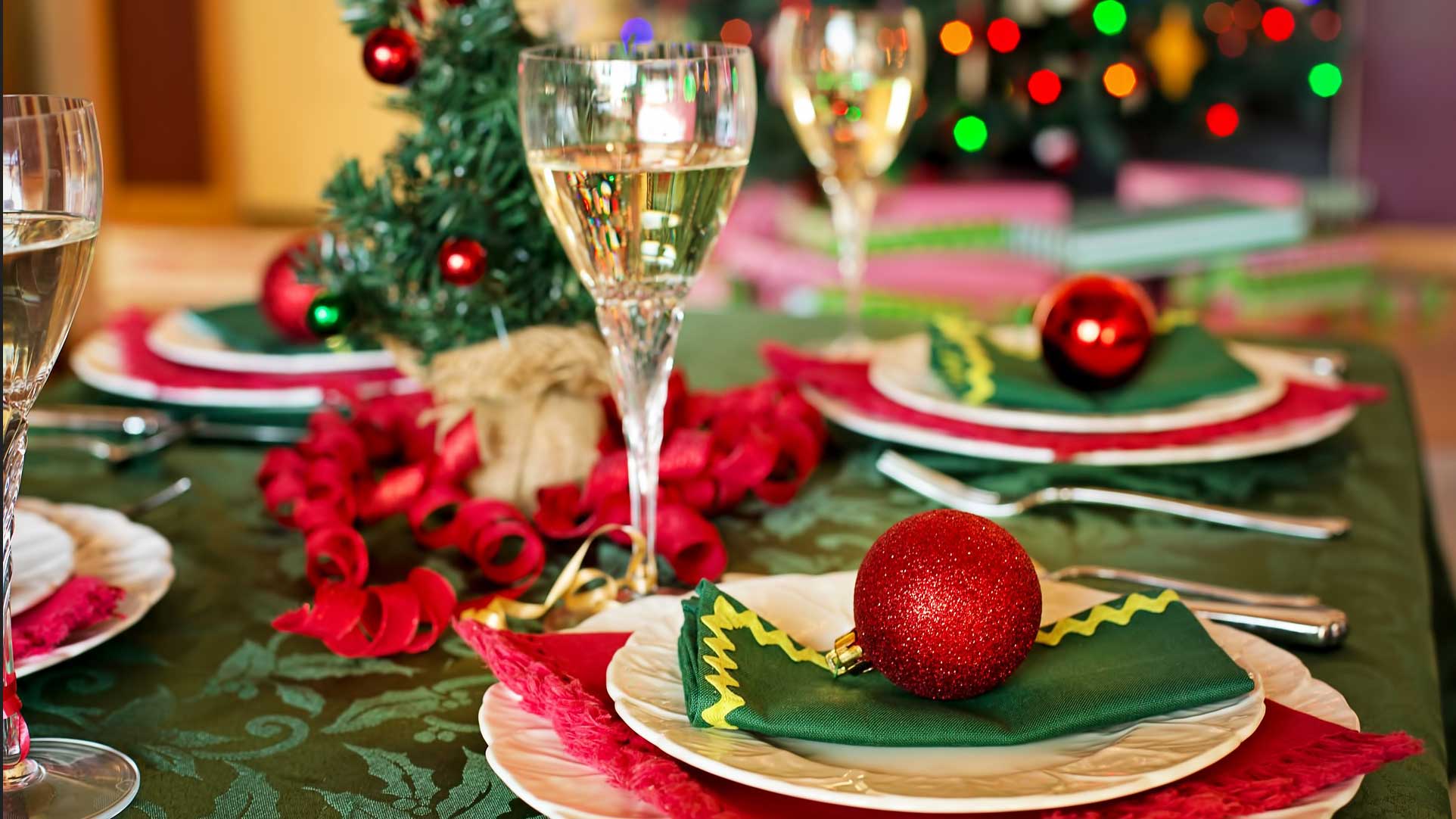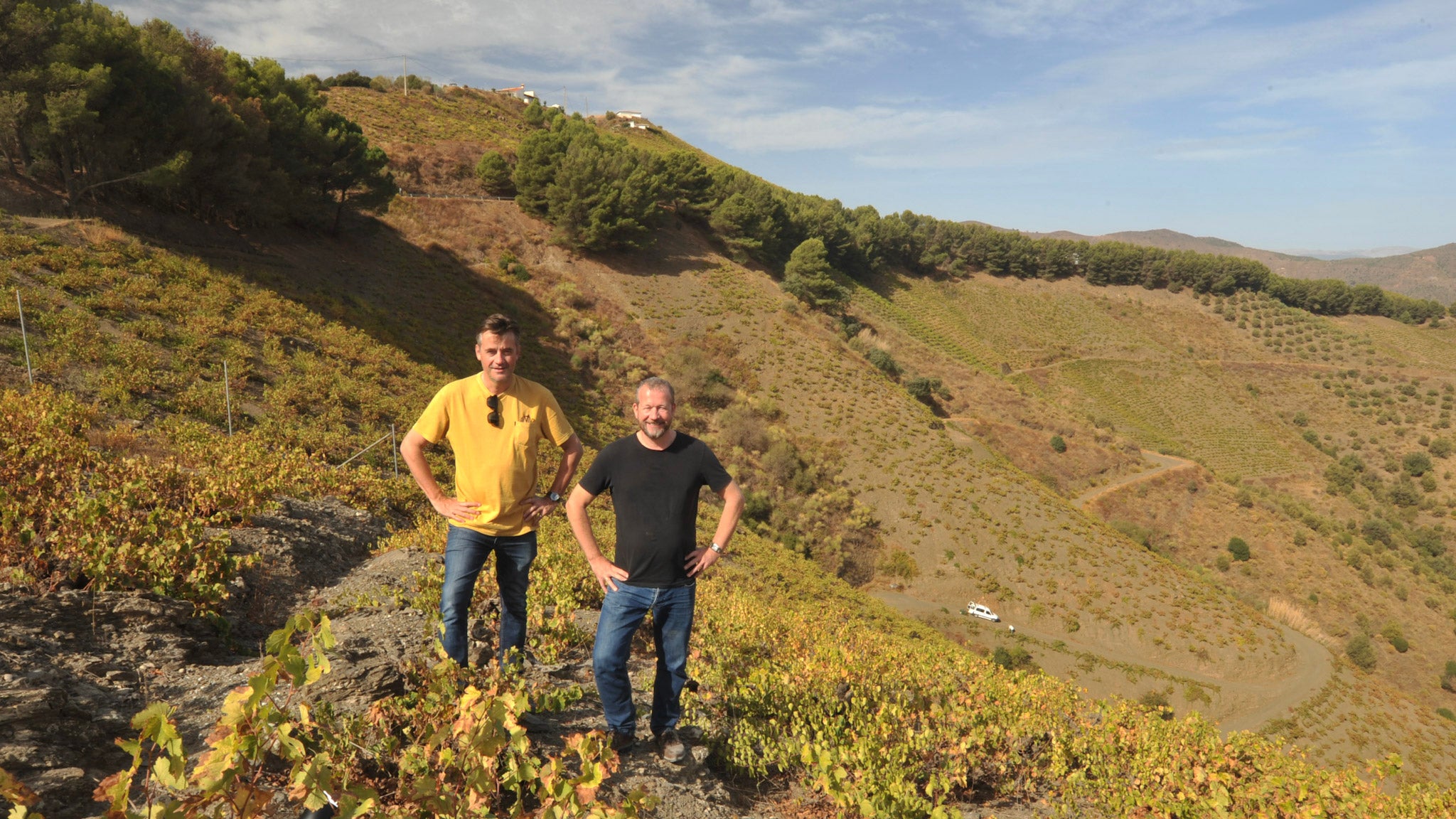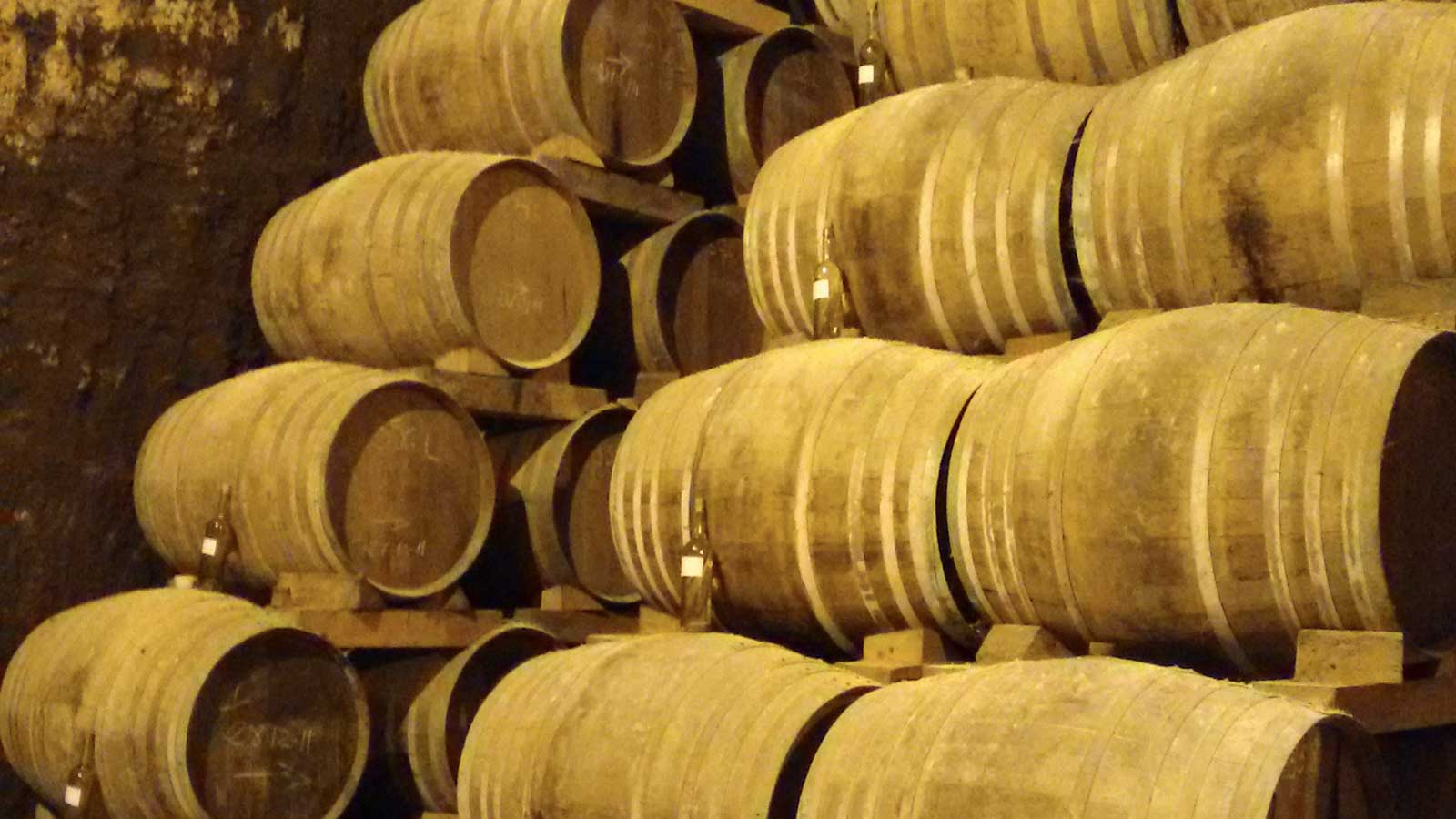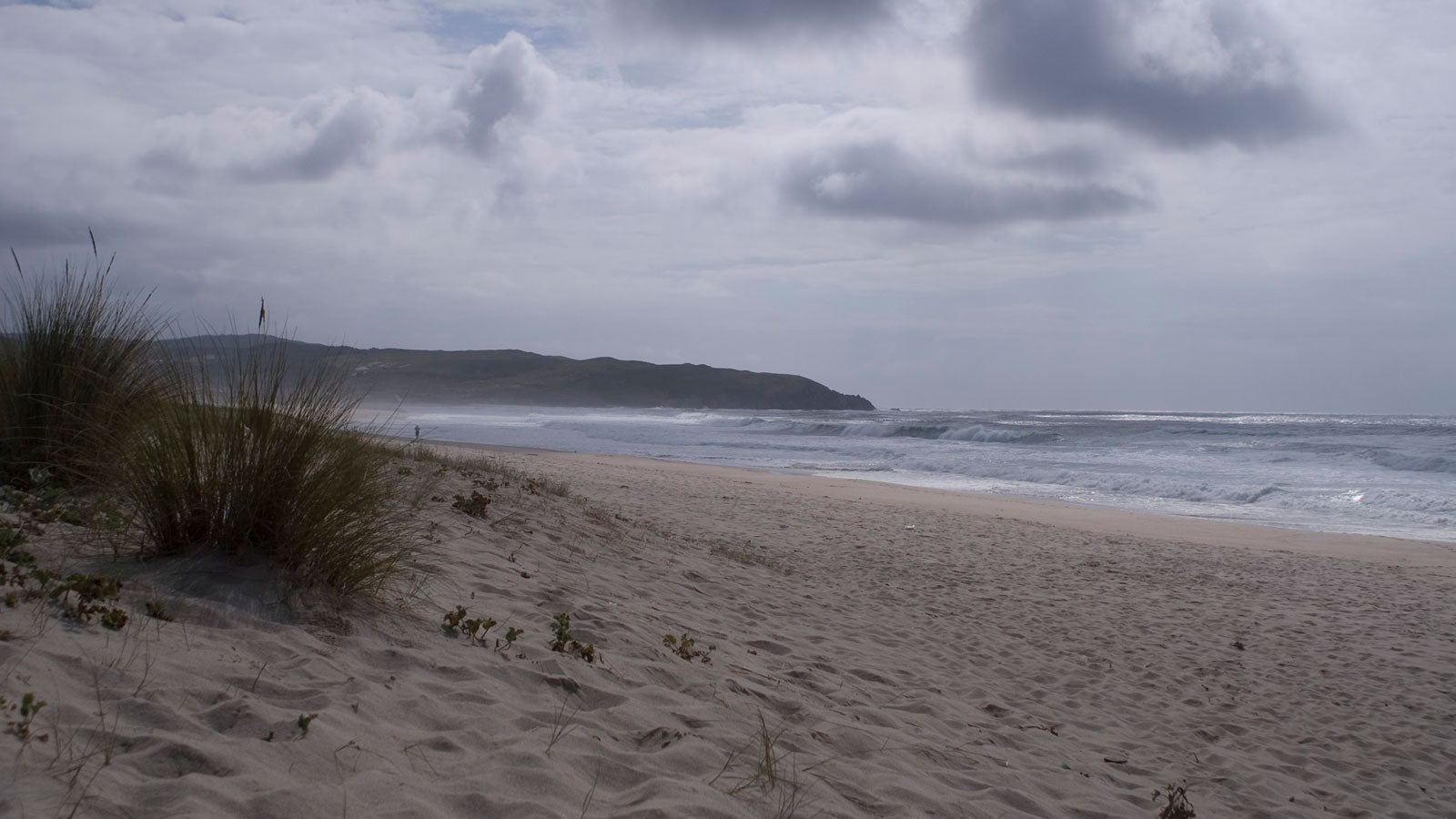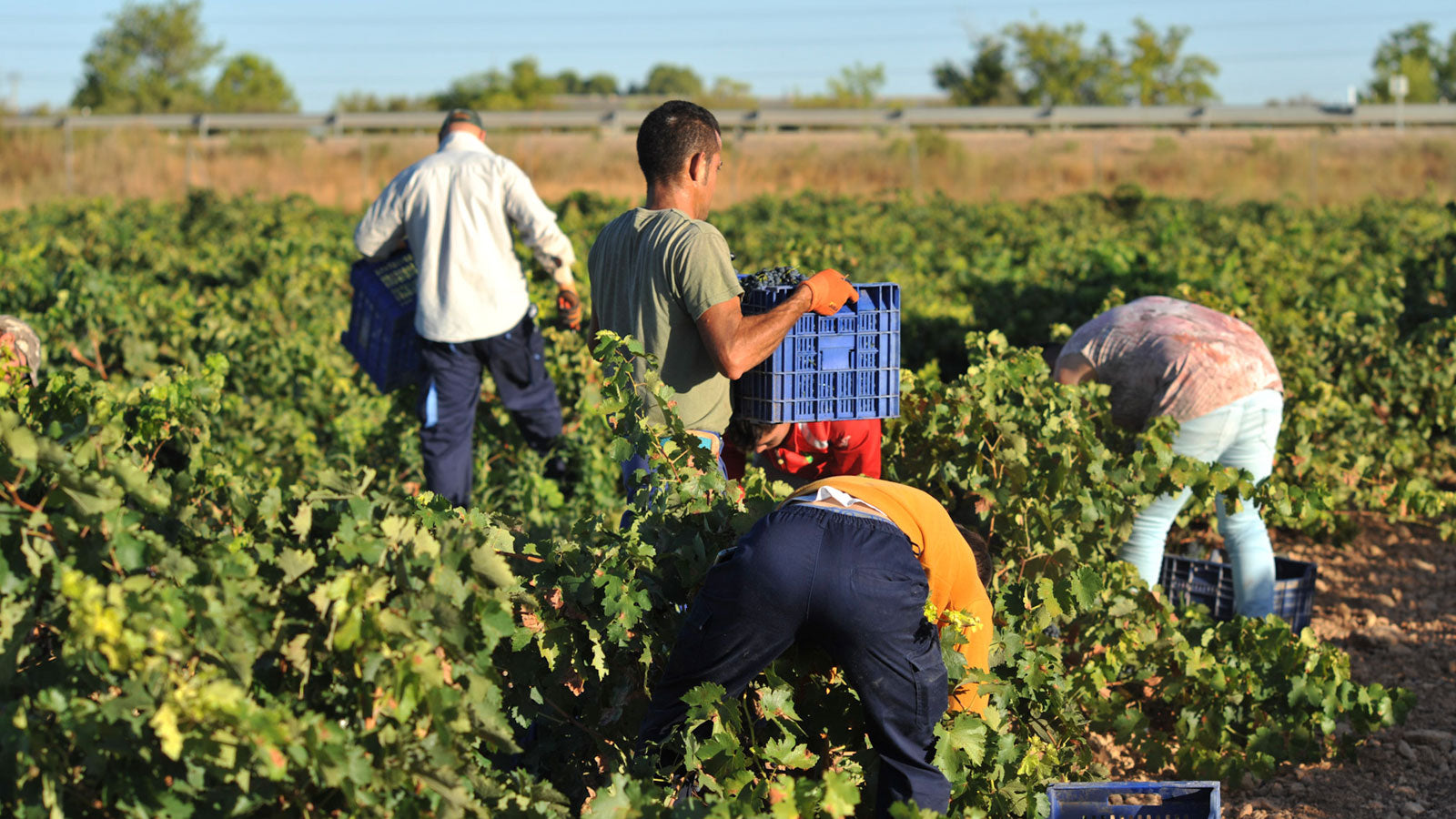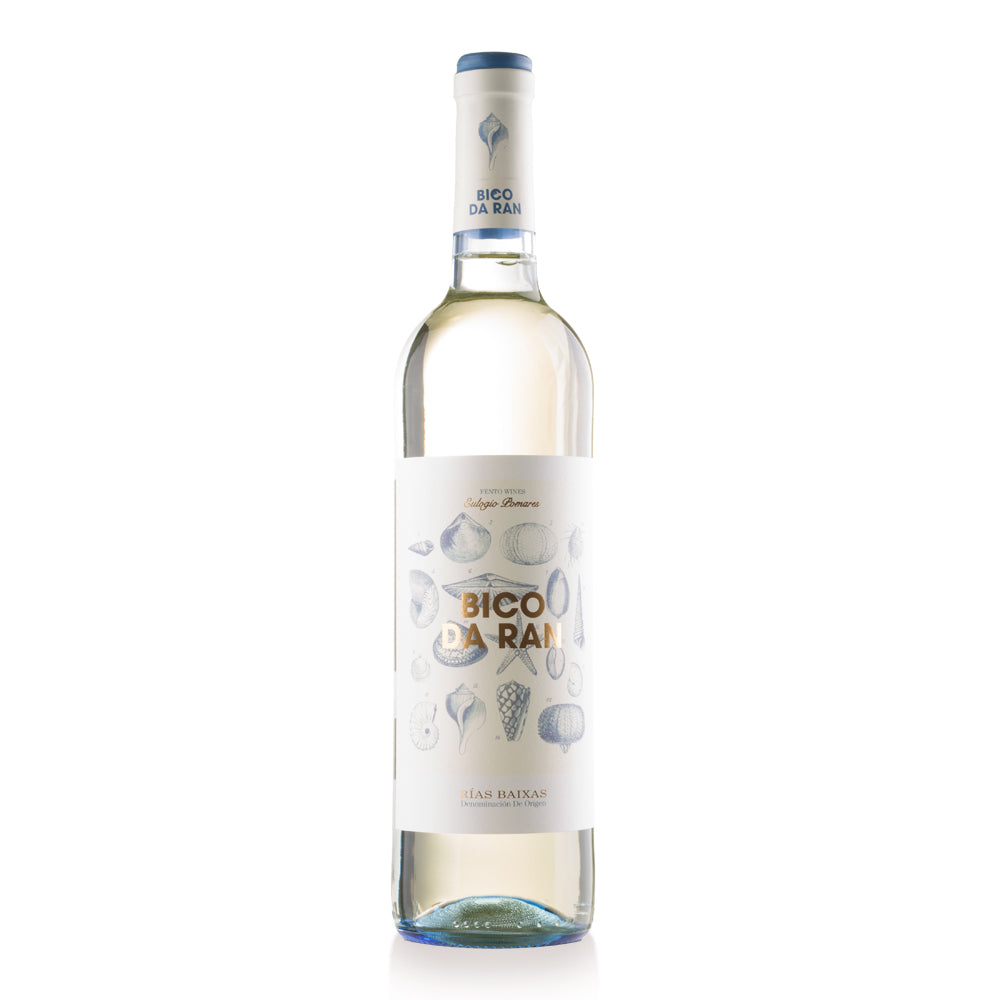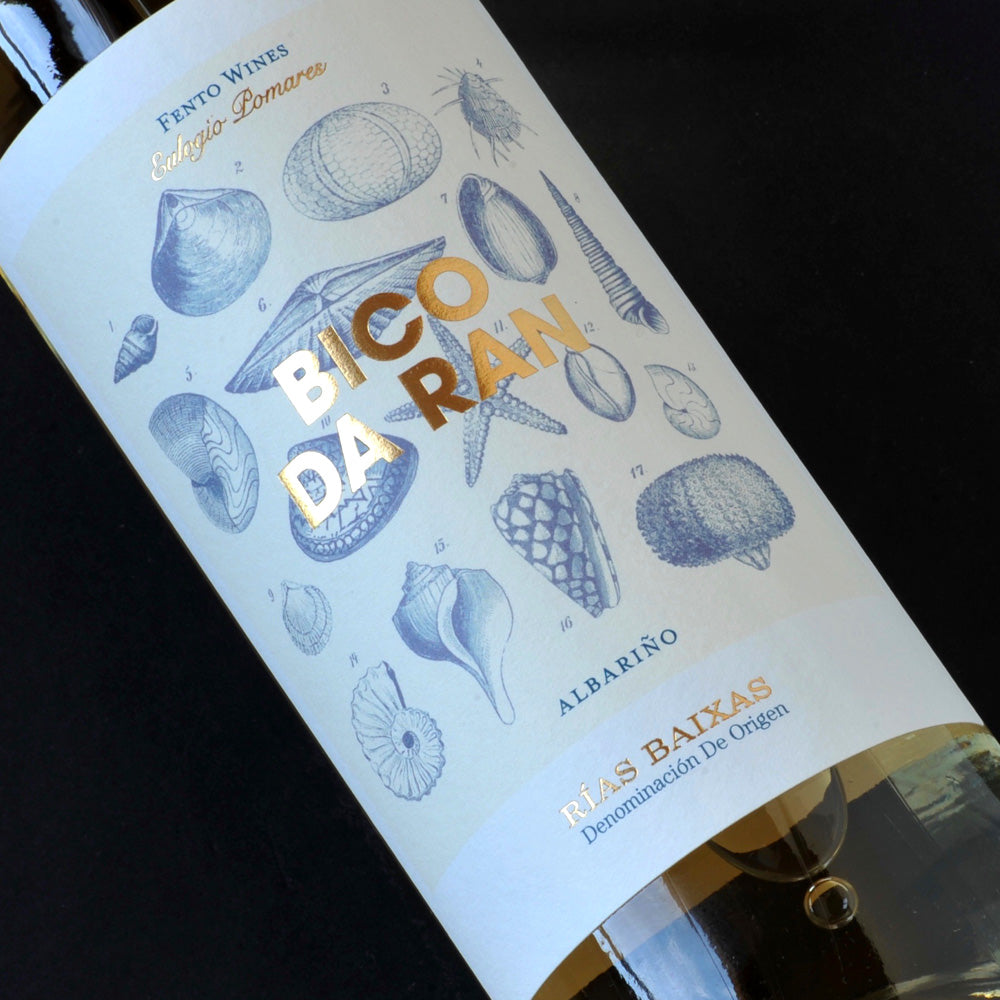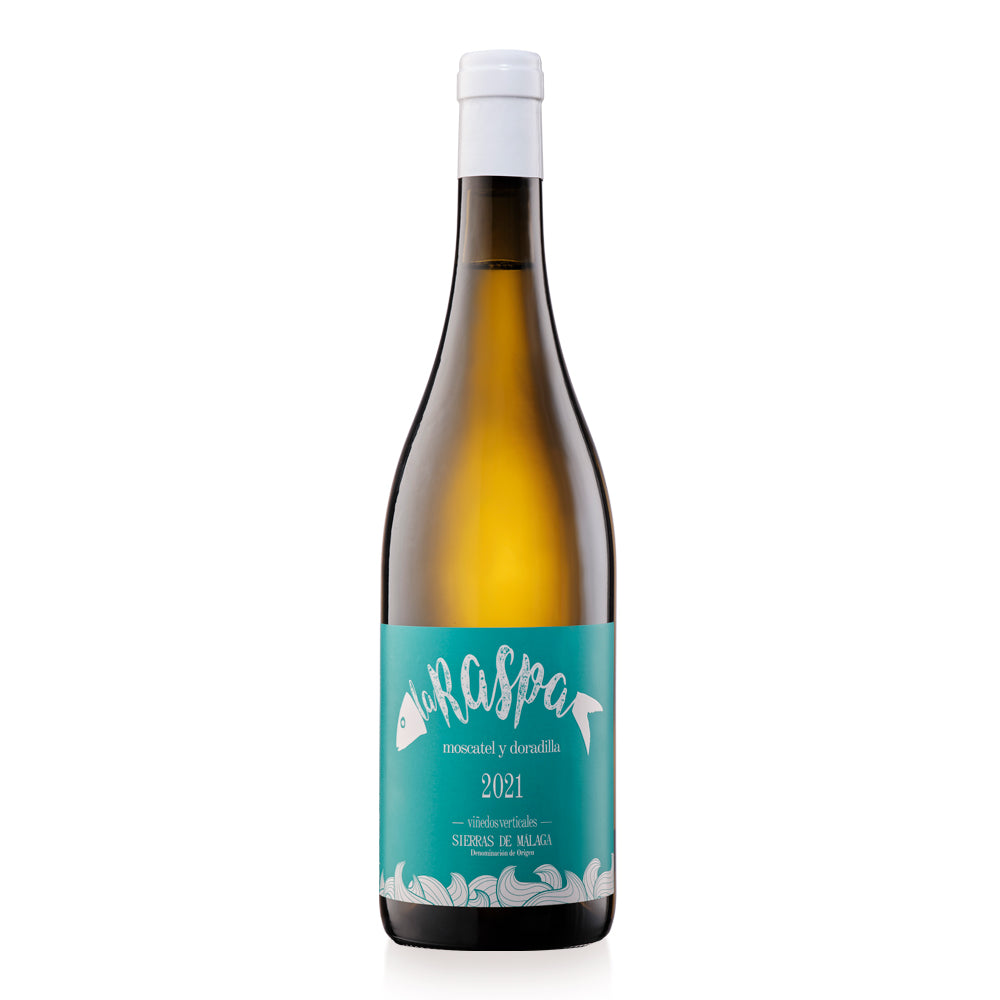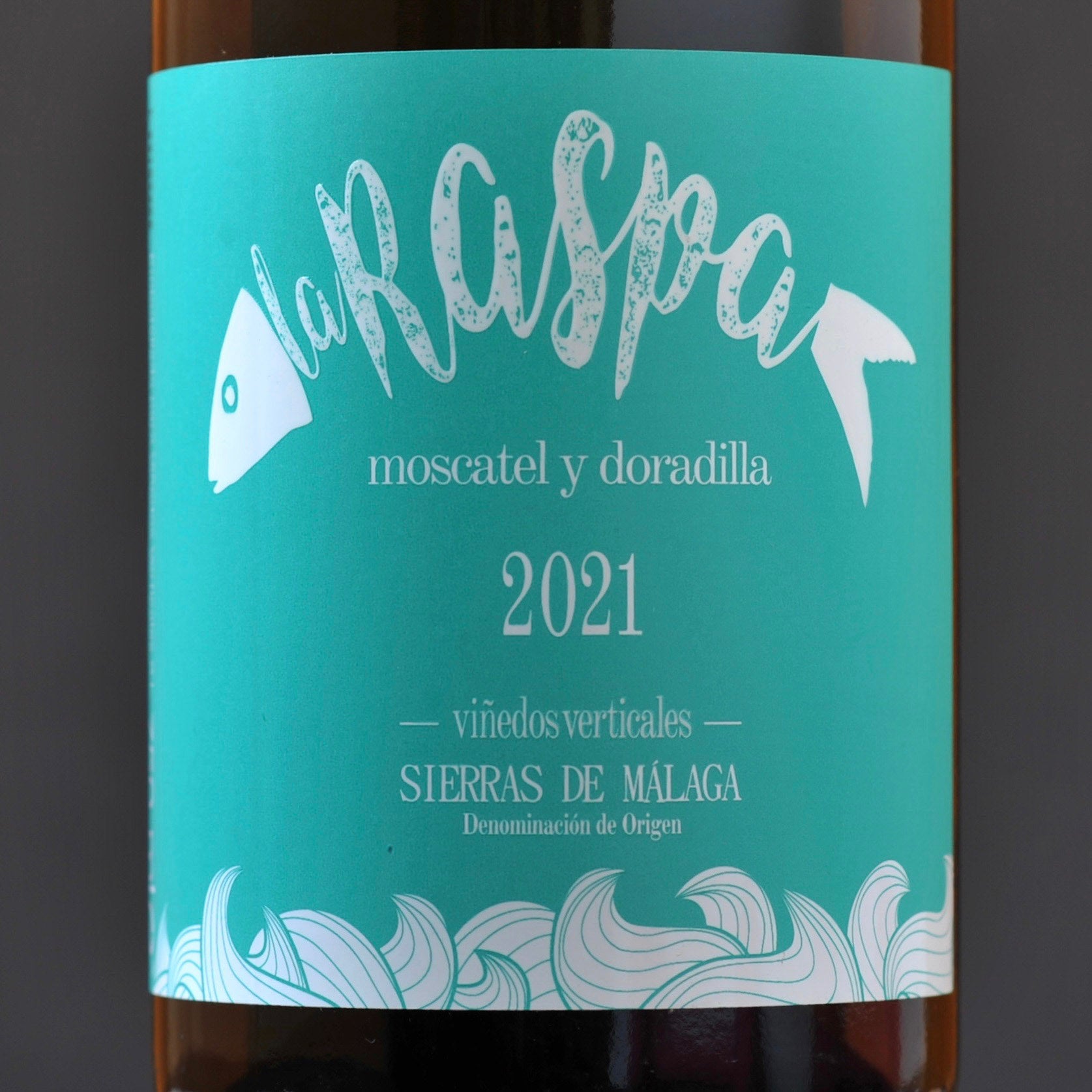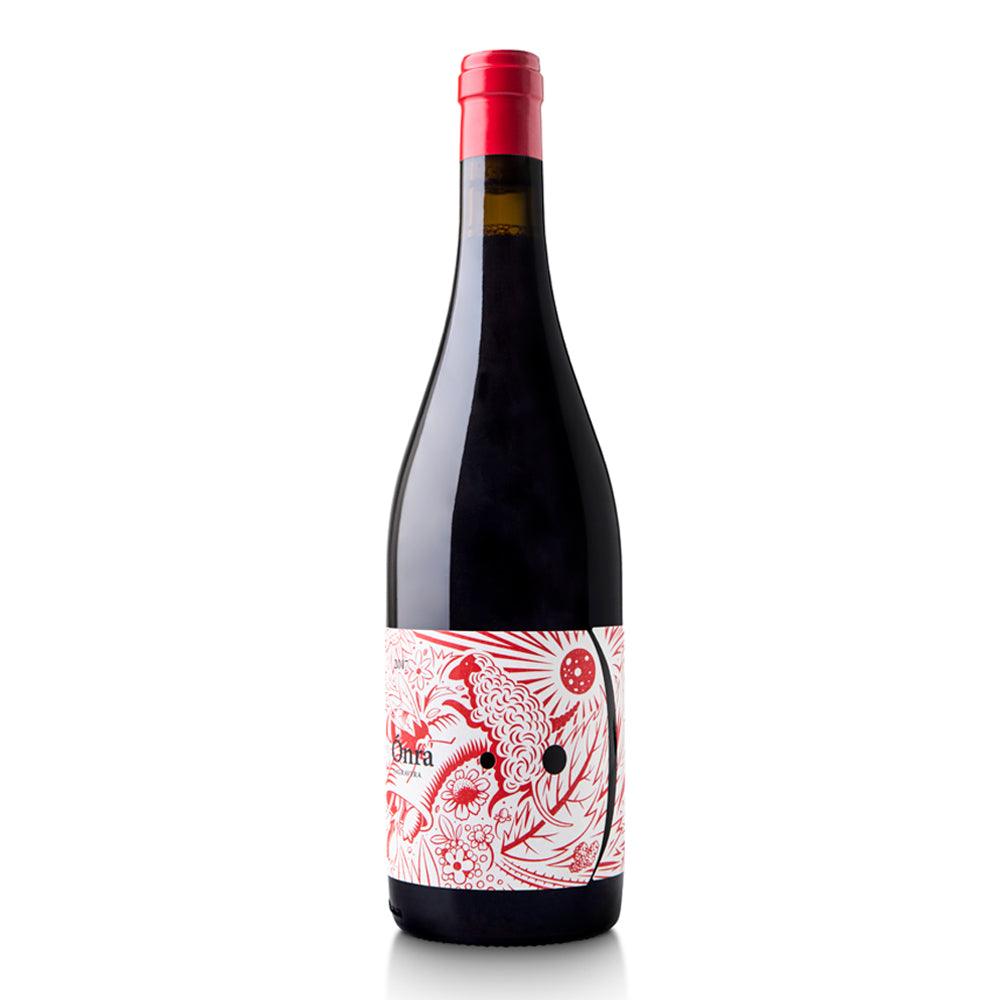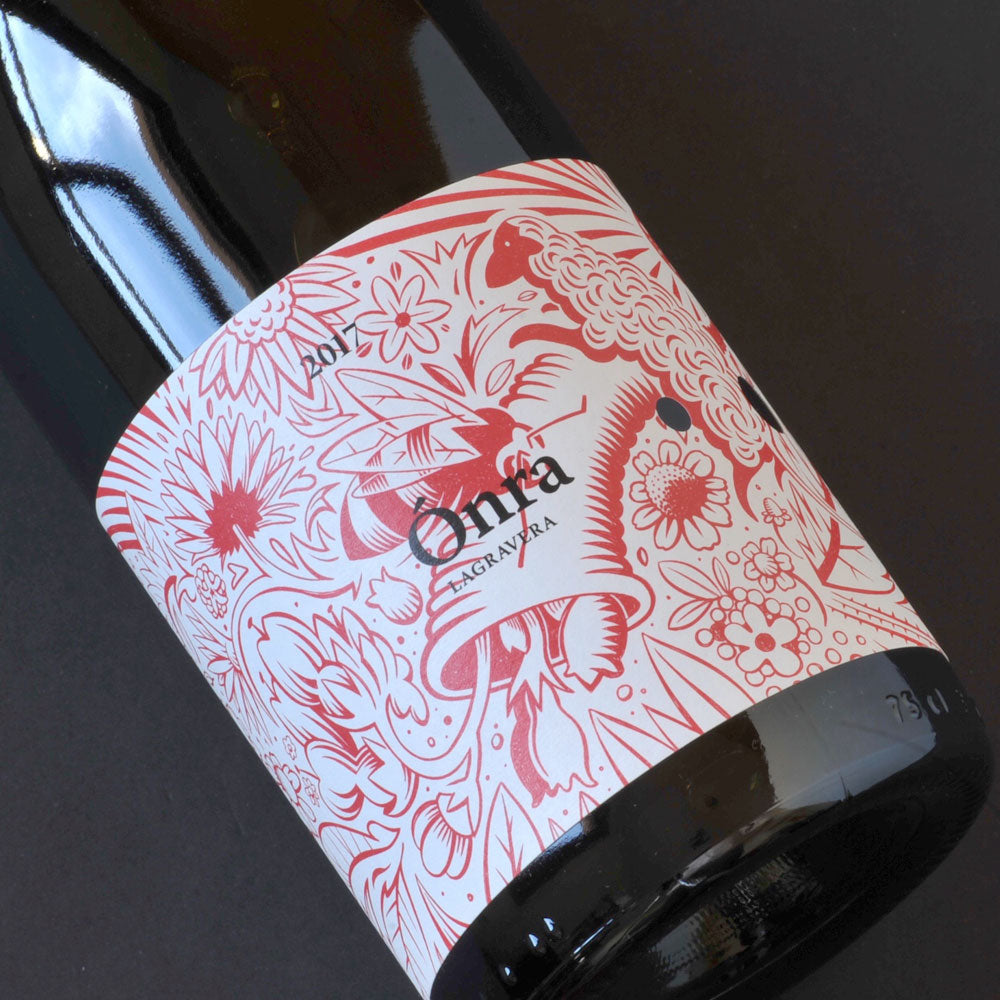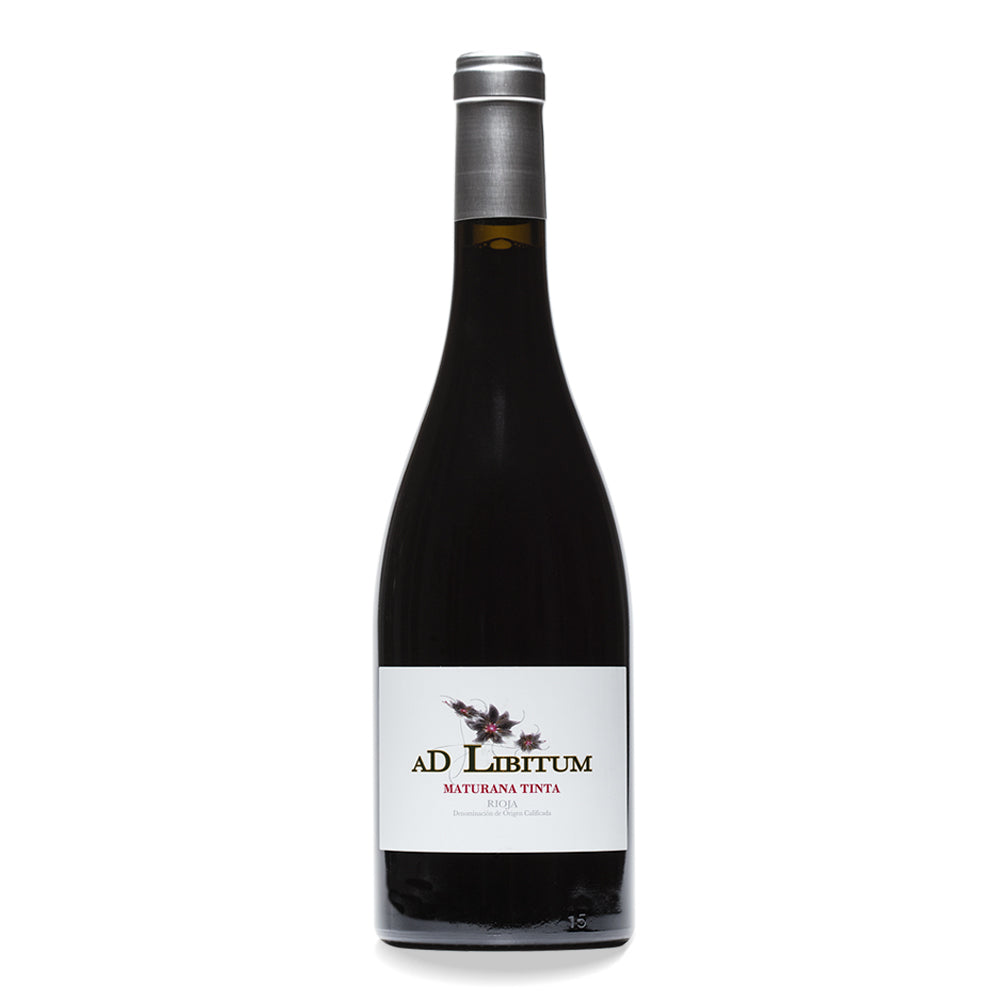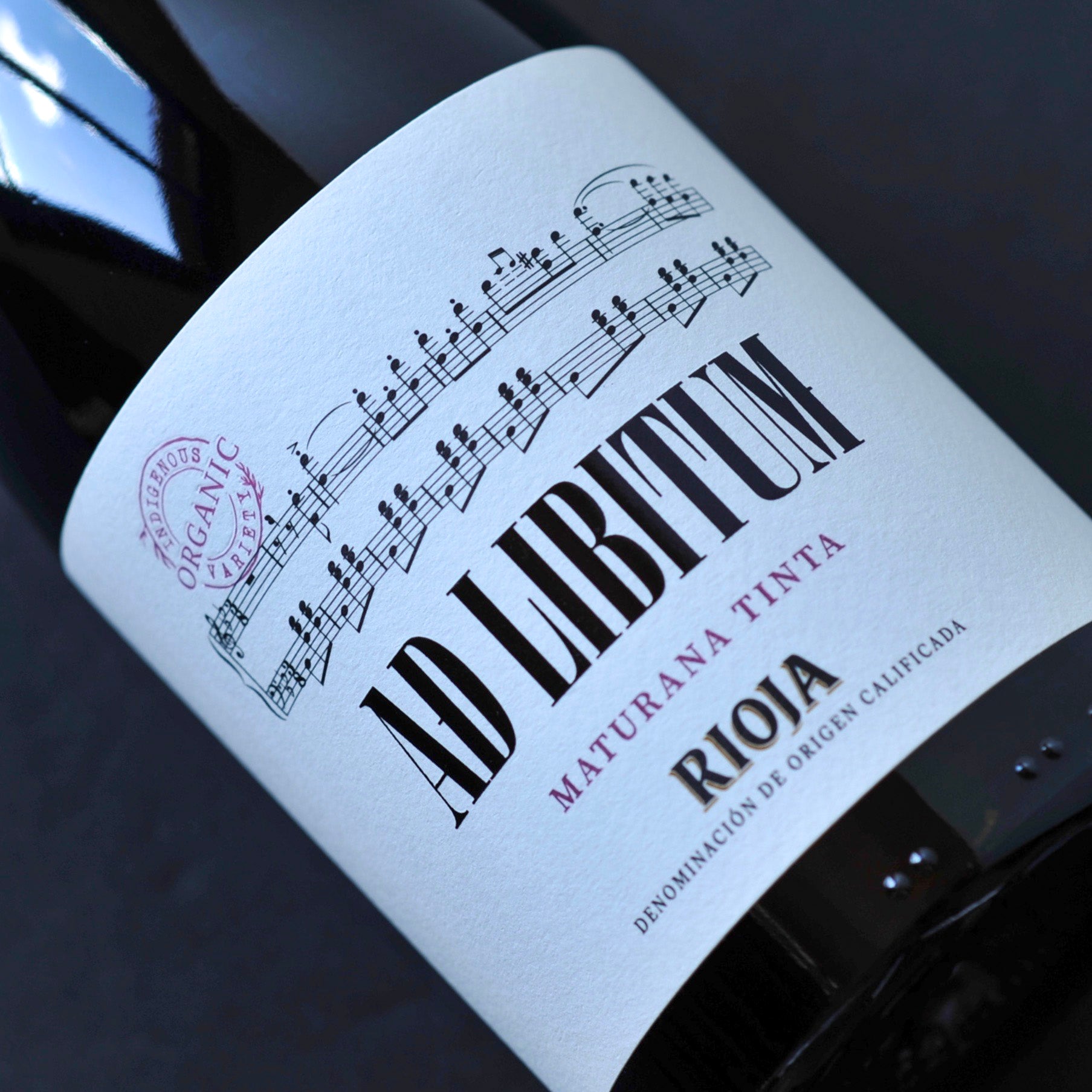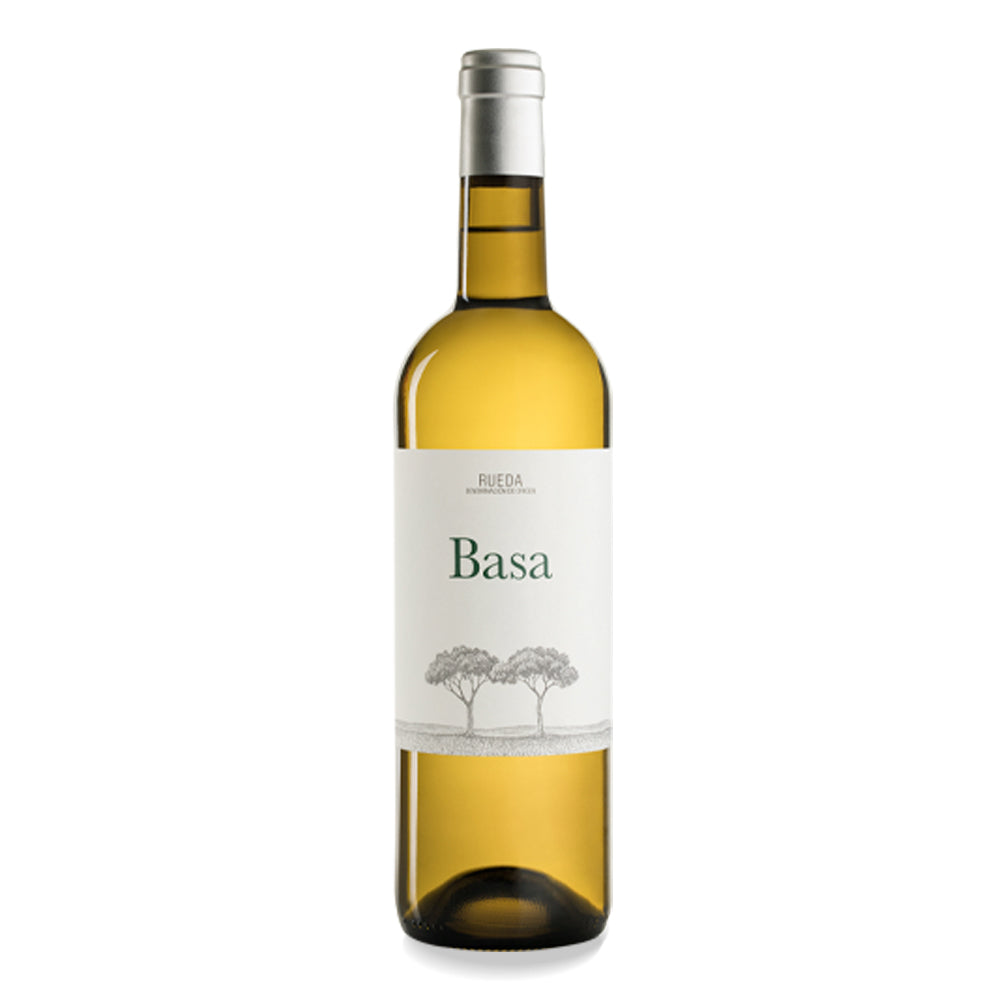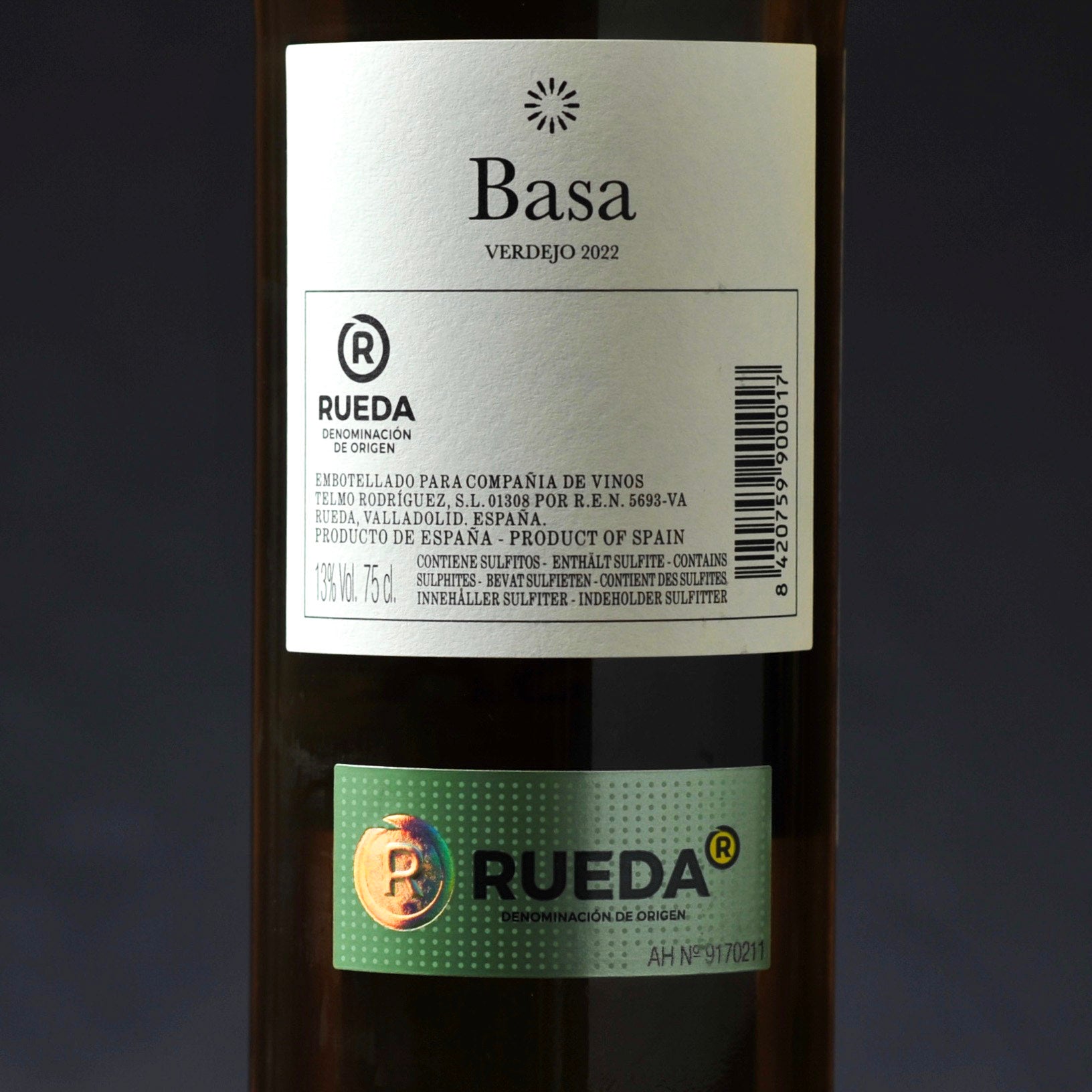DOCa Rioja may be Spain’s most famous, and most successful, denominación de origen but it’s not without its problems. The latest issue to hit the DO is an argument between the Rioja Family Wineries Association and the rest of the vineyard representatives who form the managing bodies that run the region.
Now, you’re probably asking yourself why you should care about a spat between committee members in some bureaucratic organisation that you never knew existed.
Well, bear with me for a moment because the argument actually reveals a fundamental issue that sits at the heart of the Spanish wine sector.
You see, the Family Wineries Association are upset because wineries’ influence on how the Rioja DO is run is based on the volume of wine that they produce. So nearly all the power and influence in the region sits with the biggest producers who churn out millions of litres a year. And those small, family-run vineyards who in some cases produce as little as a few thousand bottles a year, don’t get much of a say.
The Family Wineries Association was formed to try to address this imbalance by pooling the voting power of 216 small vineyards. But even then, they are still being muscled out of the big decision making. So they have withdrawn from all the boards in the DO.
That may seem like throwing your toys out of the pram, but they are frustrated by the region’s relentless focus on increasing the volume of wine produced – through planting more vines or increasing yield – and its failure to do enough to protect individual vineyard areas, the value of the grapes grown and therefore the quality of the wine produced.
And that conflict between quantity and quality cuts right to the heart of the Spanish wine industry.
By way of example, let’s take a look at wine exports. In 2022 the top 3 wine exporting countries in the world were:
- Italy: 21.9 mhl (million hectolitres)
- Spain: 21.2 mhl
- France: 14.0 mhl
So Spain was the second largest exporter of wine in the world. But let’s look at the Euro value of all that exported wine:
- Italy: €7.8 bn
- Spain: €3.0 bn
- France: €12.3 bn
(Source: OIV State of the world vine and wine sector in 2022)
So whilst Spain is churning out lots of wine, the value of that wine is dwarfed by the value of wines exported by Italy and France. And that’s been Spain’s problem for ages. Its inability to value its wine on a par with its neighbours. Giving the impression that all Spain can offer is cheap, bulk wine.
And that’s just not true.
Spanish wine is as good as anything you’ll get from Italy or France, and its wine sector is evolving at a dizzying rate. Across the country we are seeing young winemakers setting up small vineyards and producing wines of exceptional value and taste.
Take Bryan MacRobert at MacRobert & Canals. Bryan is part of the new generation of winemakers in Rioja who are moving away from barrel-ageing as the defining characteristic of their wines, and instead looking to make fresher, more elegant wines which better reflect the essence of the traditional grapes grown in the region. In his own words, he “prioritises the vineyard over the cellar” and strives to make high quality wines with a strong sense of place that really showcase the diversity of soils, climates, vineyards and grape varieties that exist within Rioja.
Or Marta Gallega at another Riojan vineyard, Casa La Rad. They may be a bit bigger than Bryan’s operation, but they are taking a research-driven approach to their winemaking, experimenting with different soils, altitudes and blends to extract the maximum expression of fruit and terroir from traditional Riojan varieties like Tempranillo, Garnacha, Graciano or Viura.
Vineyards like these are disrupting Spain’s wine sector and taking the quality of Spanish wine to new heights. But as long as the sector – and particularly respected organisations like those in Rioja – continue to prioritise quantity over quality, much of those wine gems will stay hidden, or worse still fail to survive when up against low price, high-volume competitors.
So, next time you reach for a cheap bottle of wine from the supermarket shelf, spare a thought for people like Bryan and the Family Wineries Association who are fighting their corner. We’re not saying you shouldn’t buy supermarket wines. But try balancing them every now and then with something a bit more special. You may have to spend a touch more money, but in doing so you’ll be helping smaller producers stand up to the giants of the wine world.
And you’ll also be buying a treat for your taste buds – which is never a bad thing.
Cheers!

